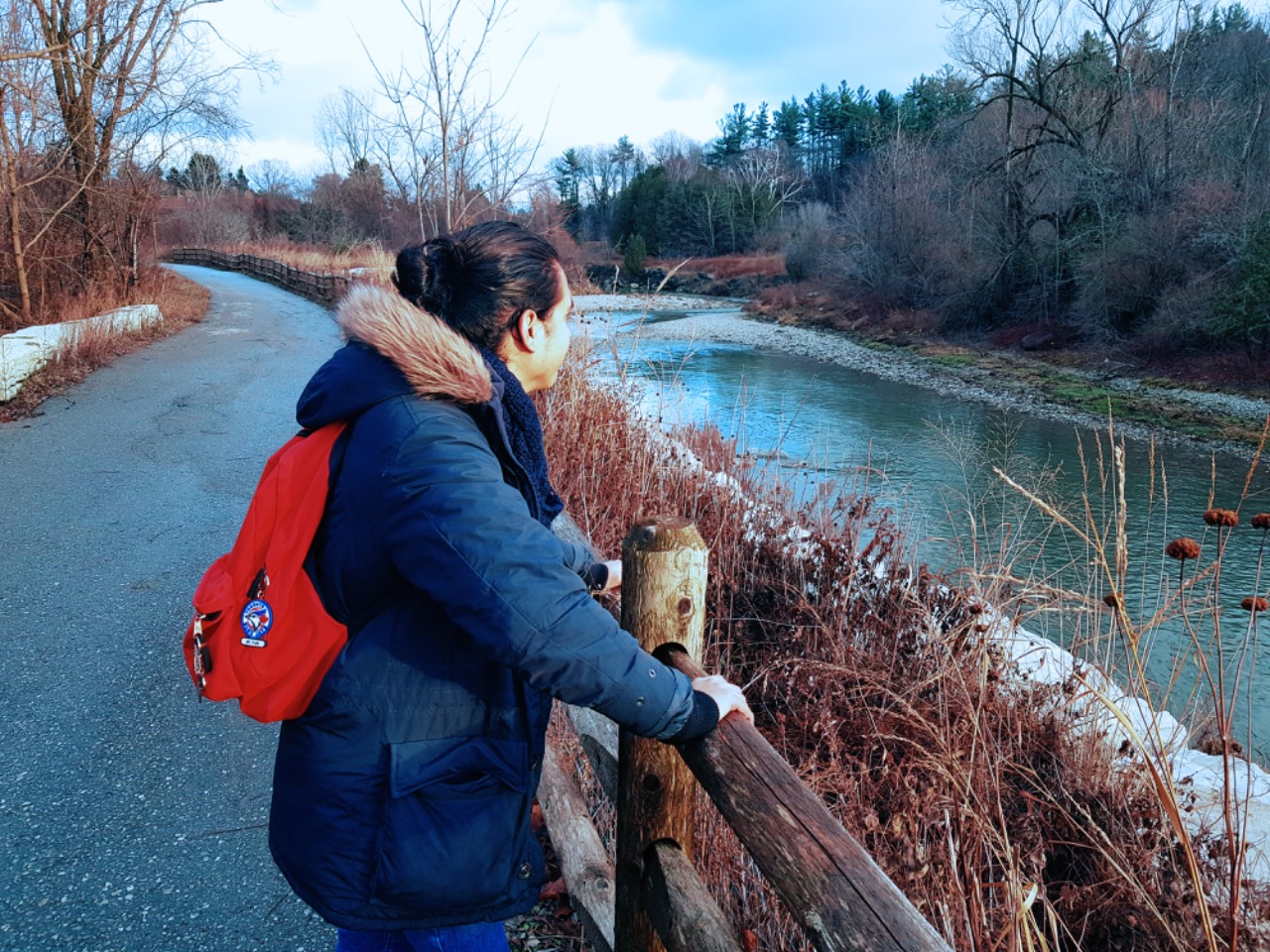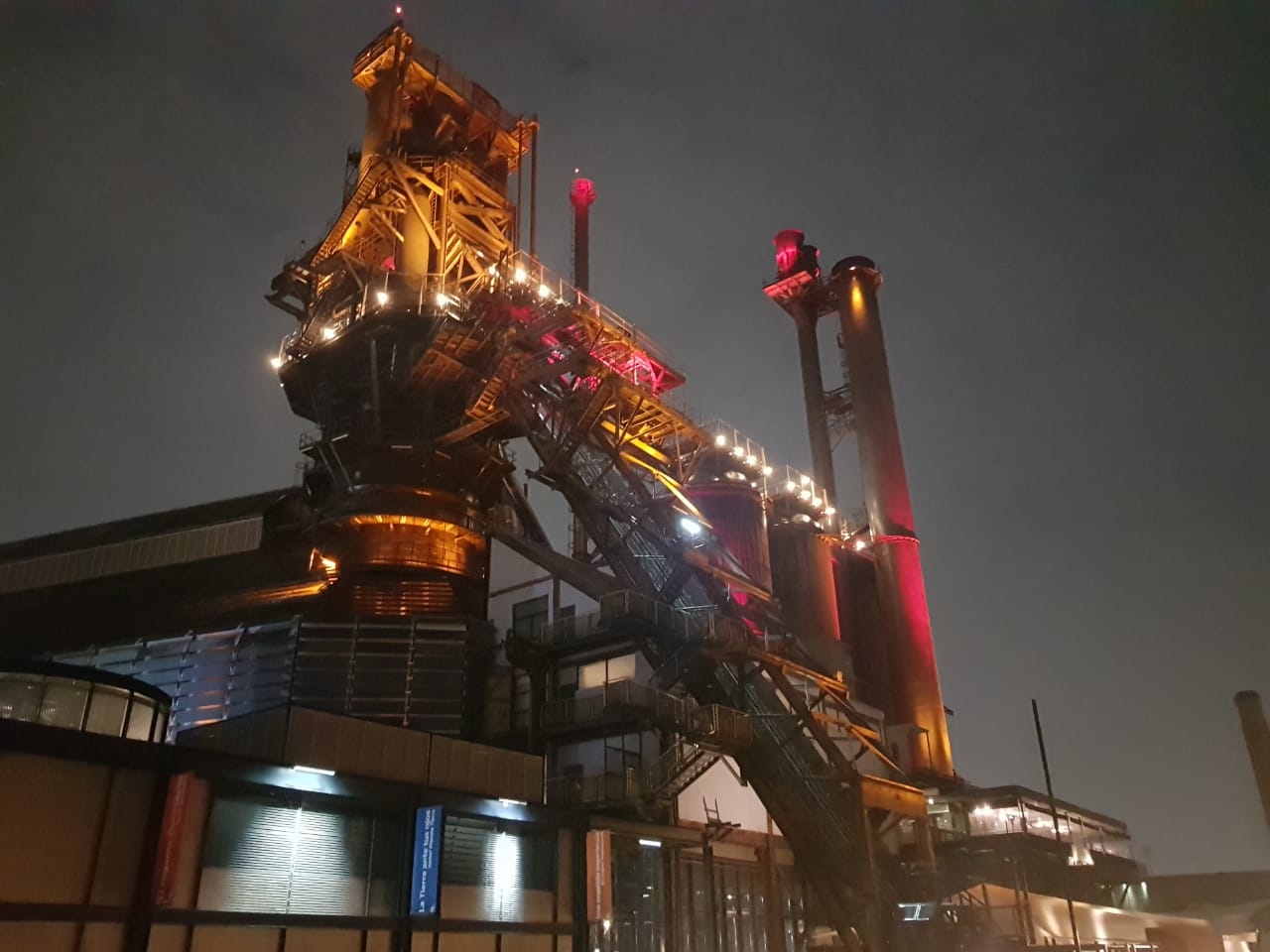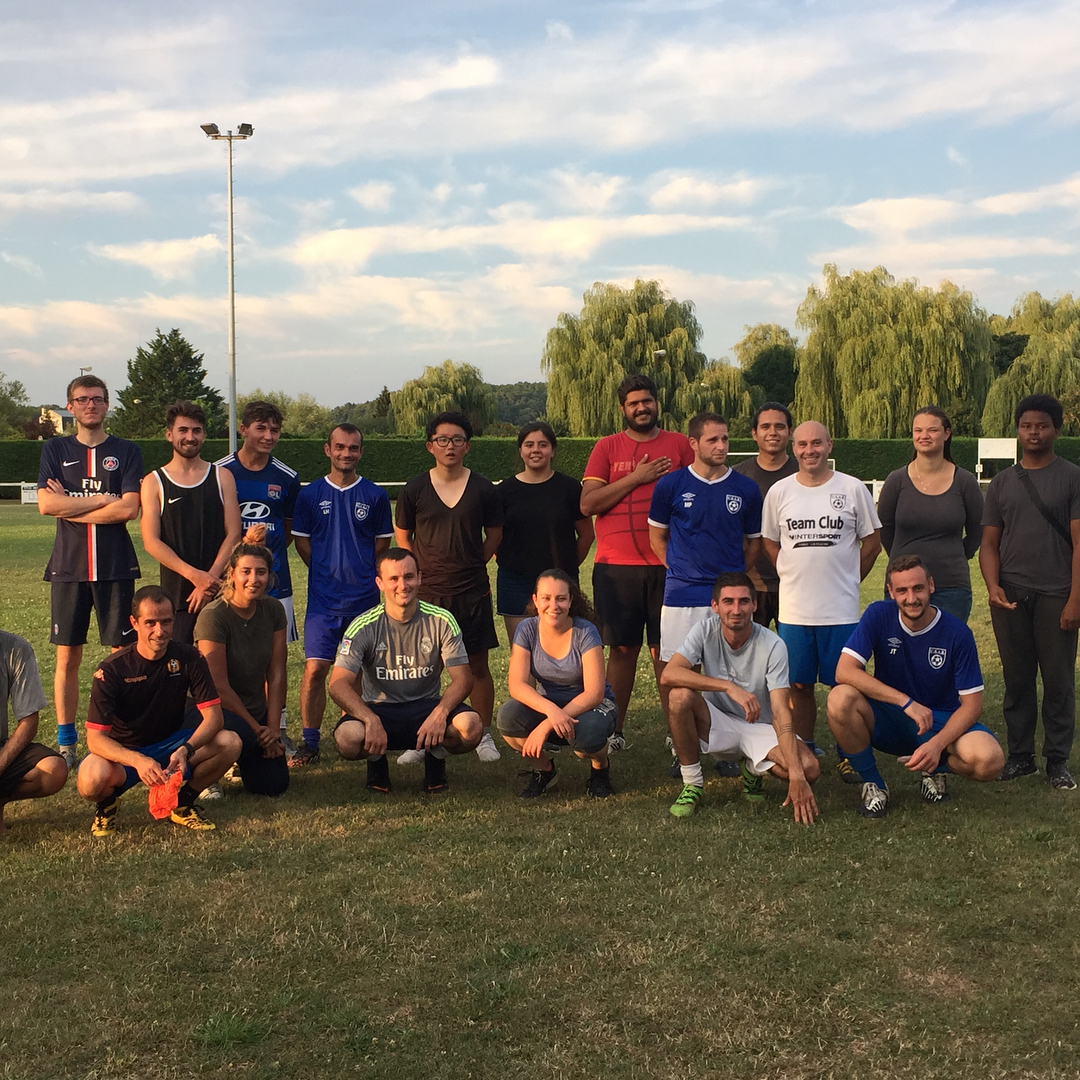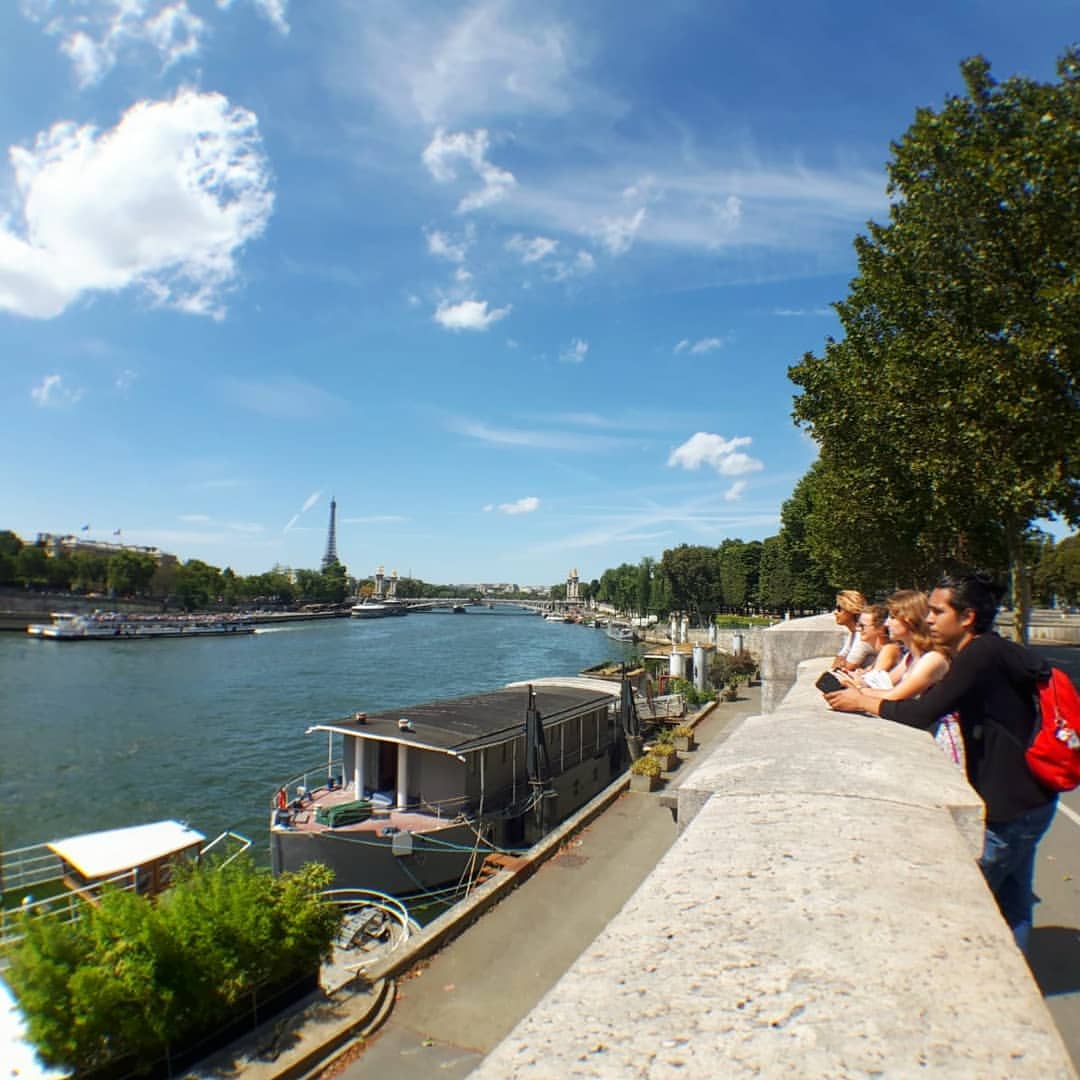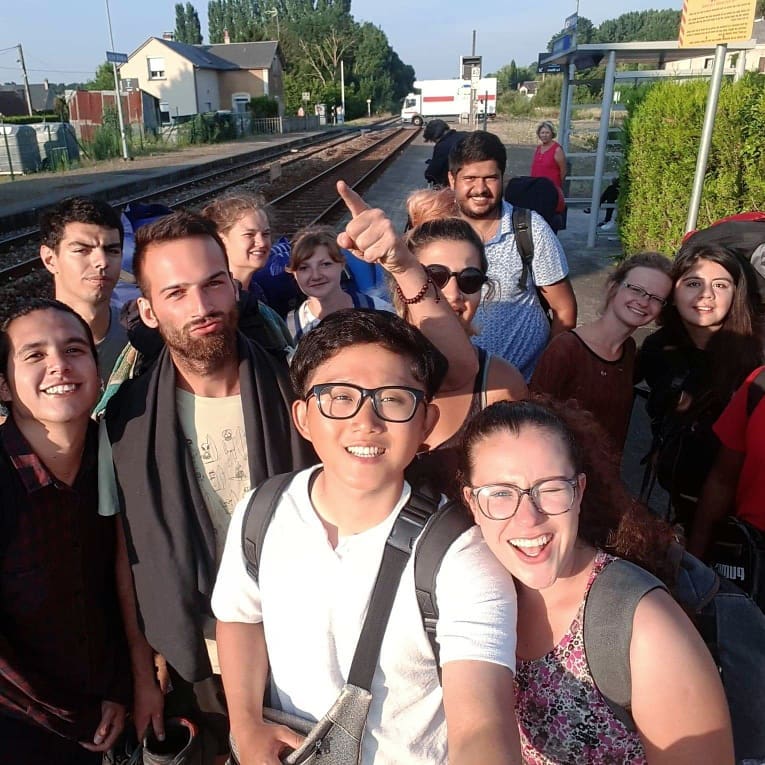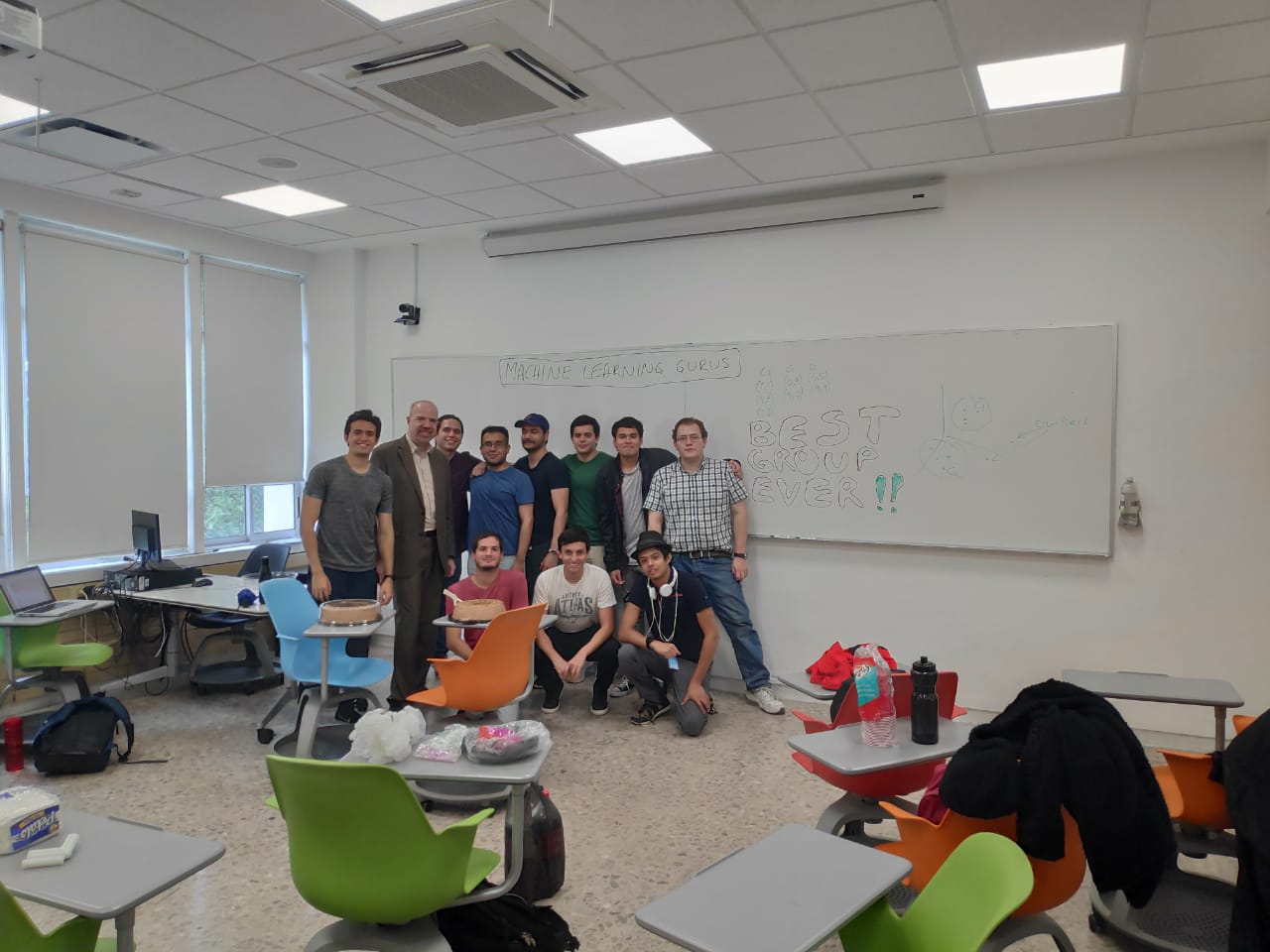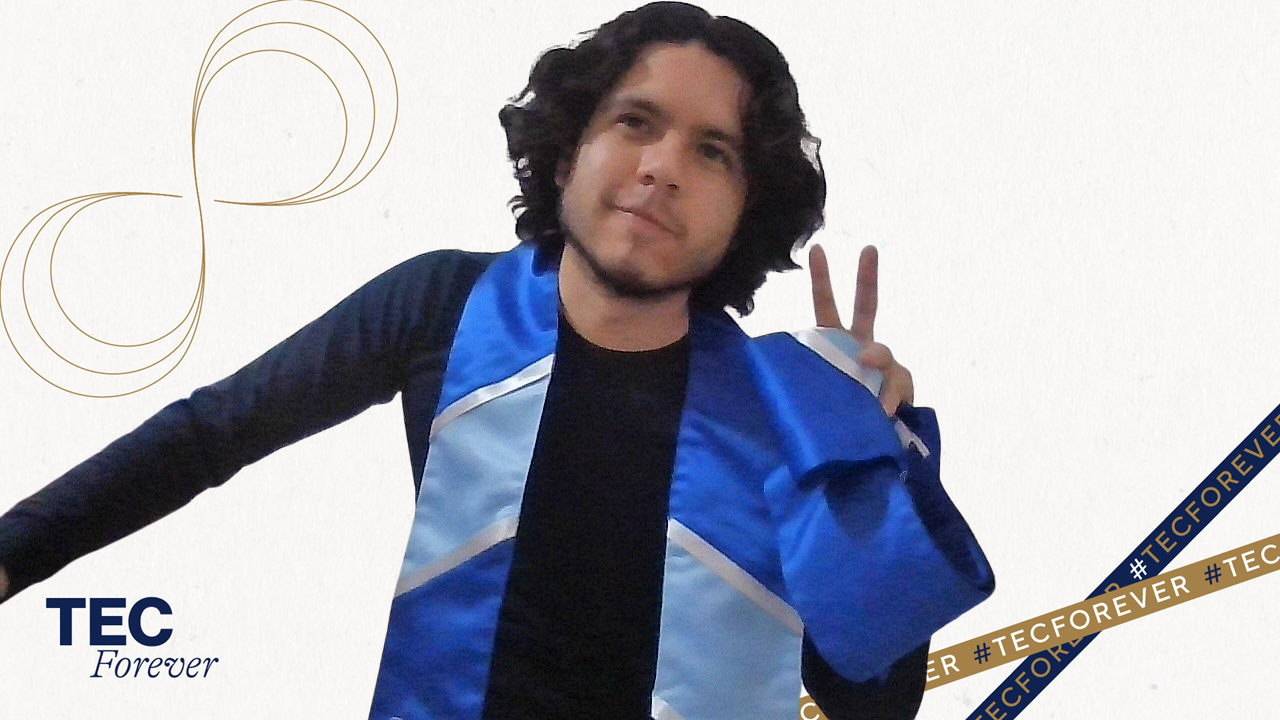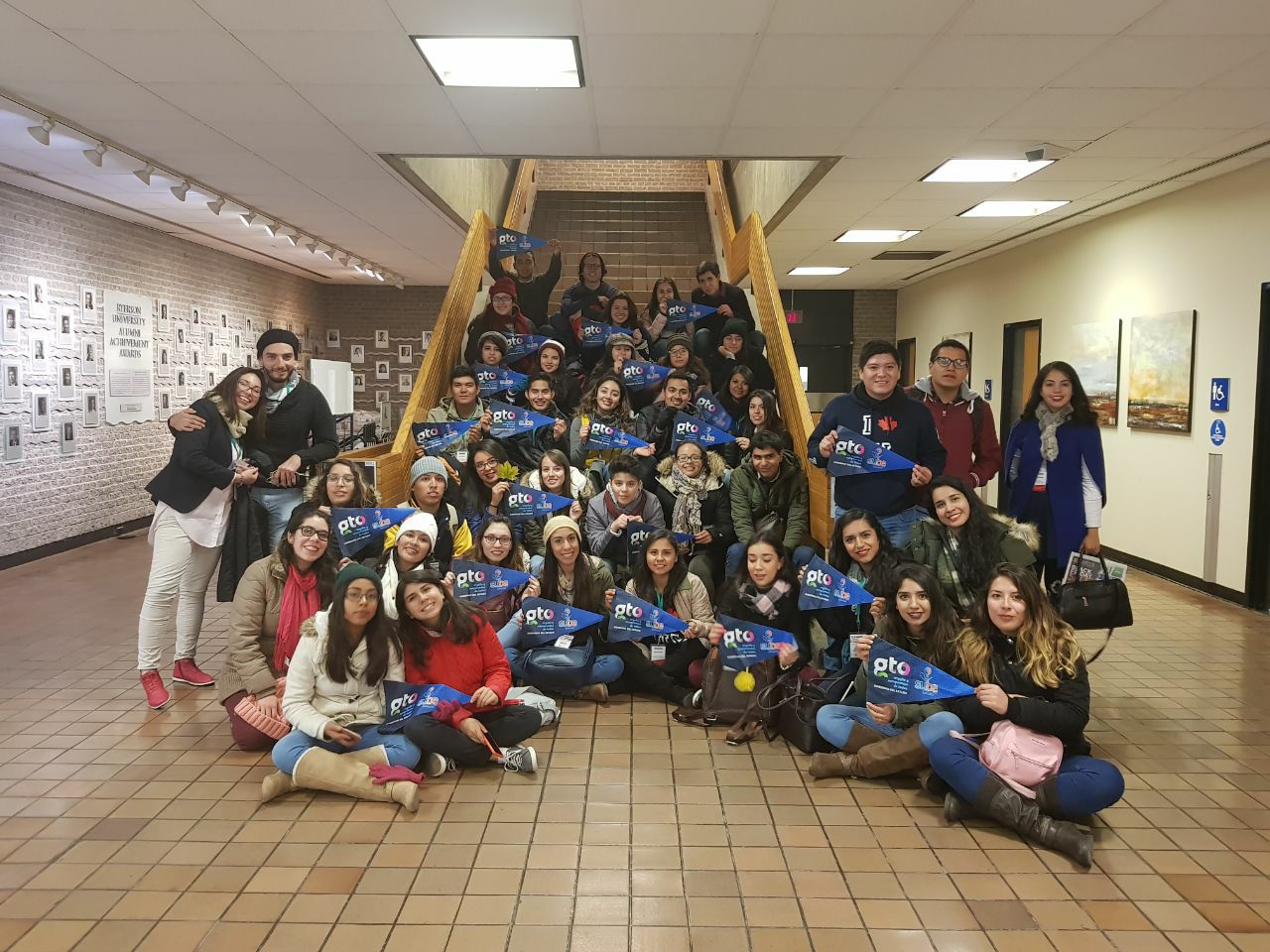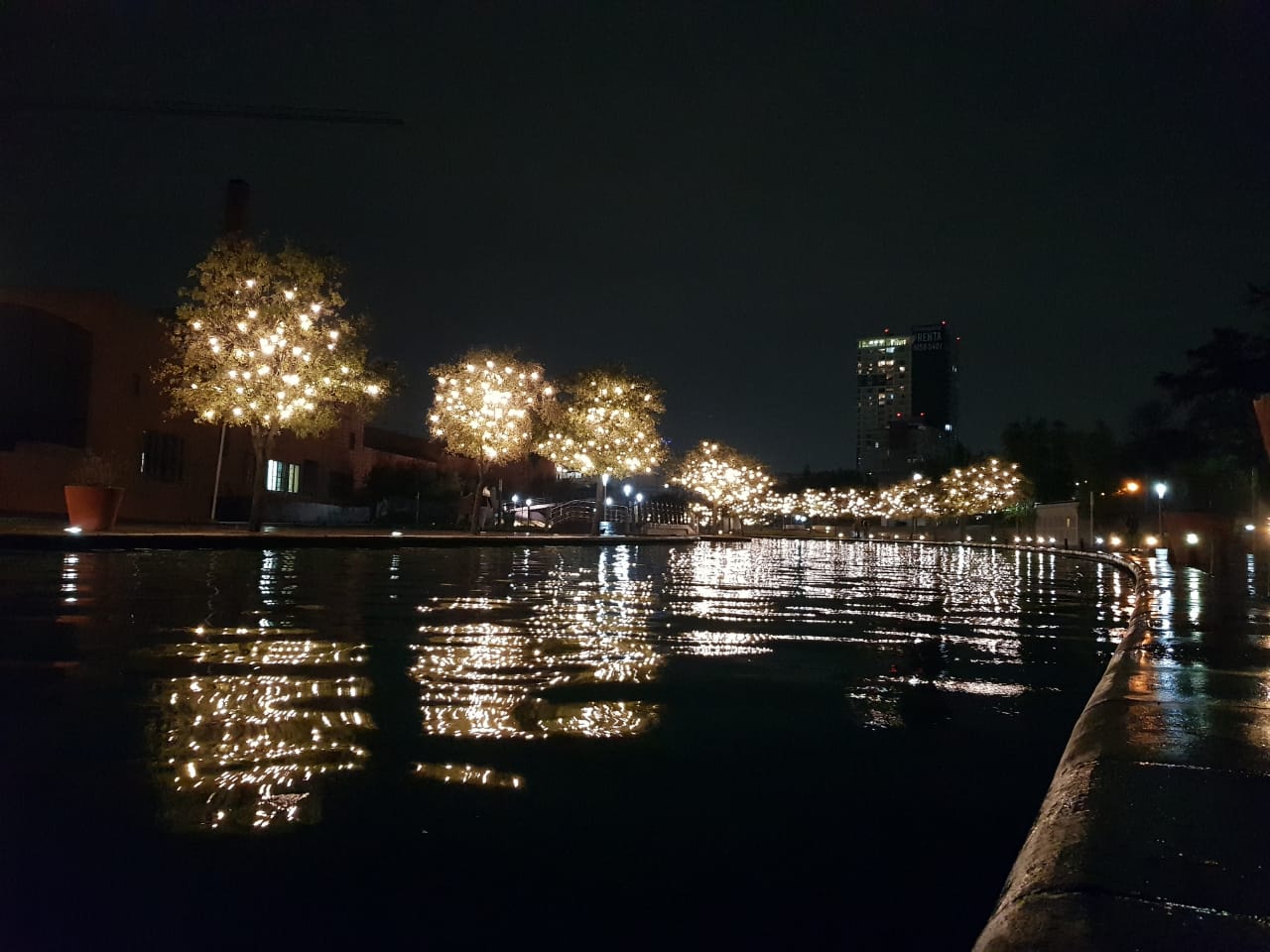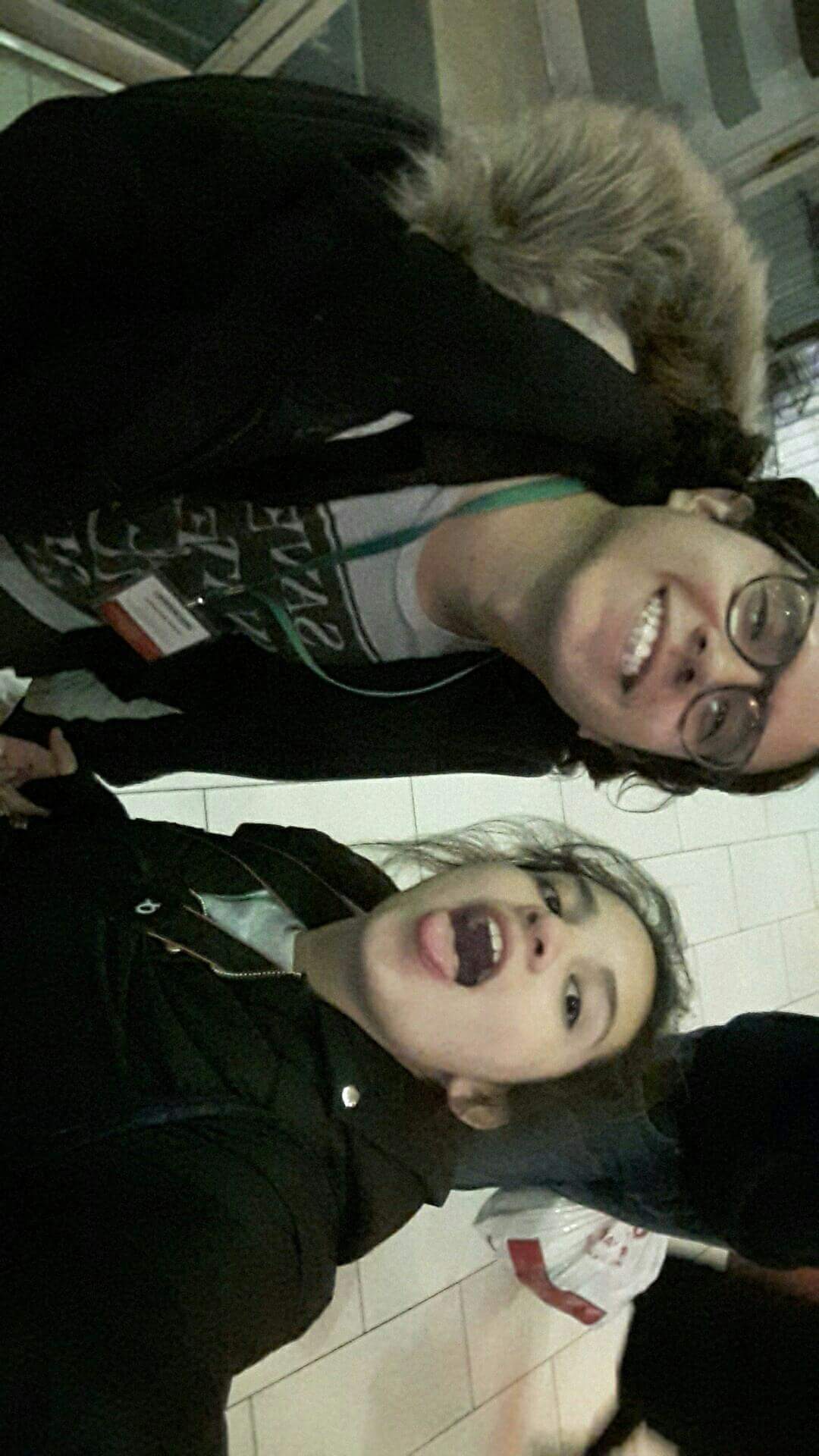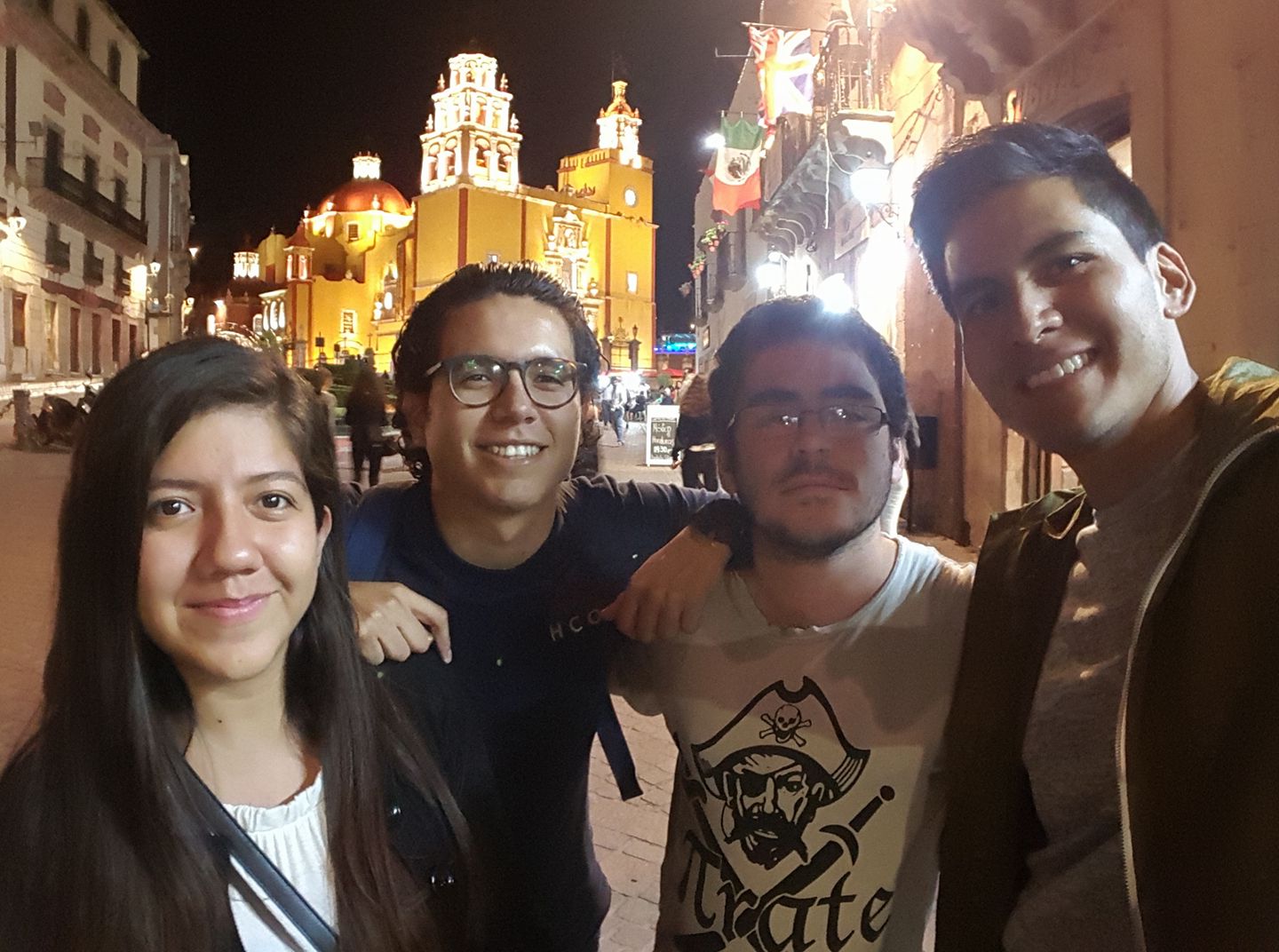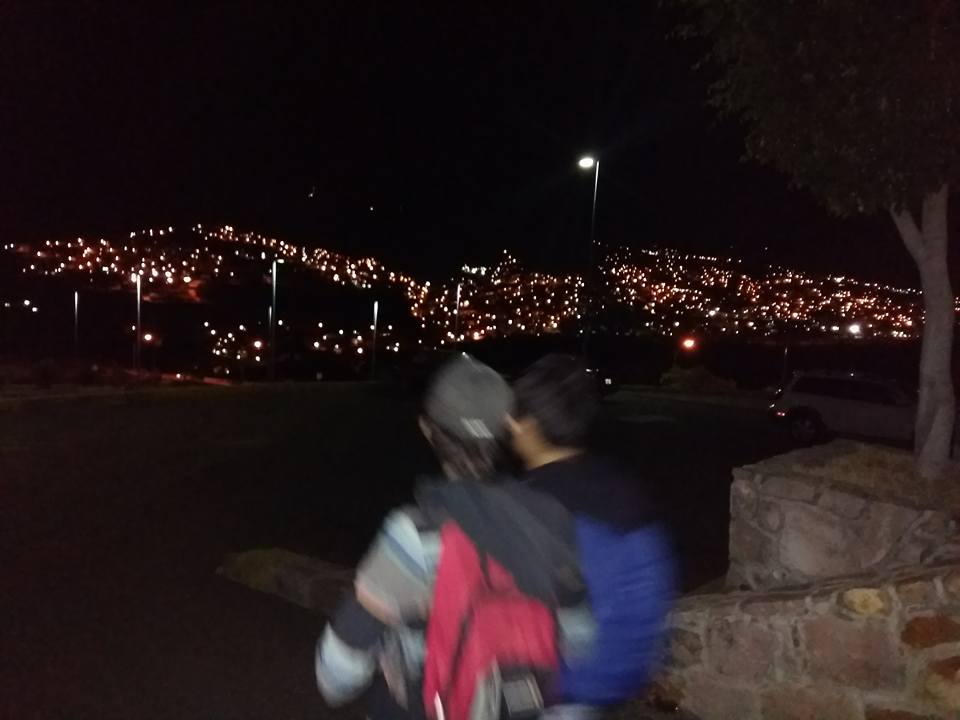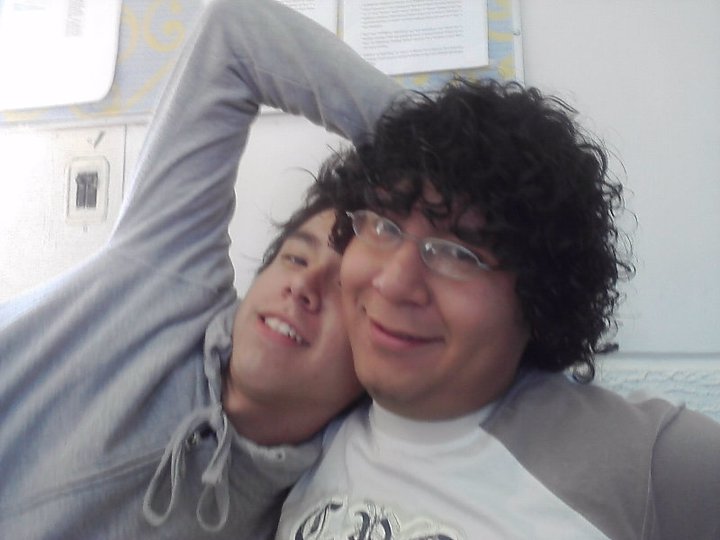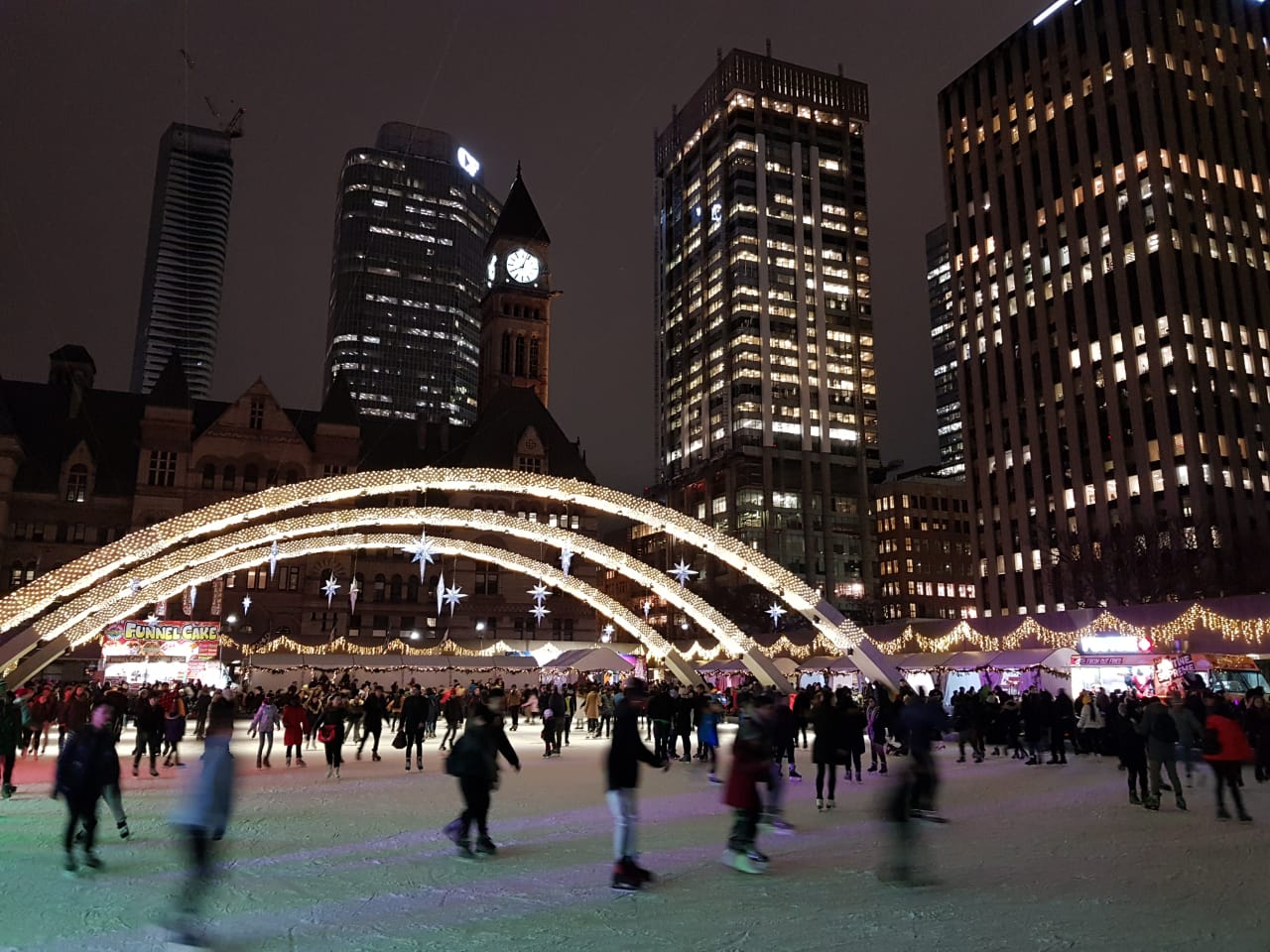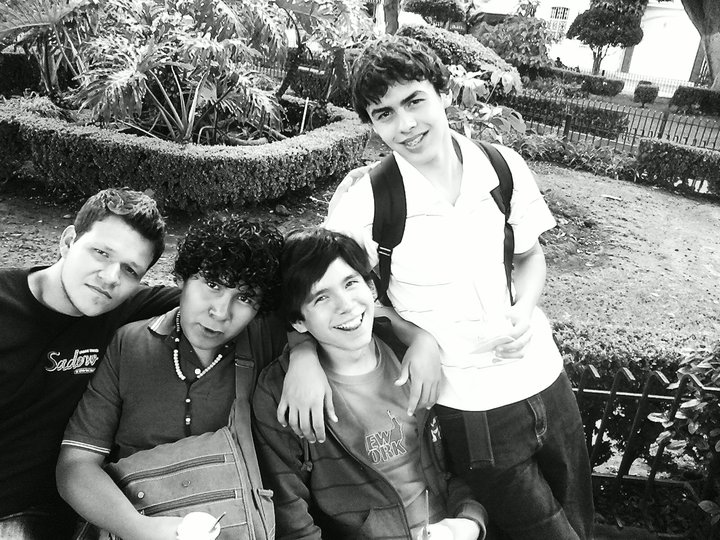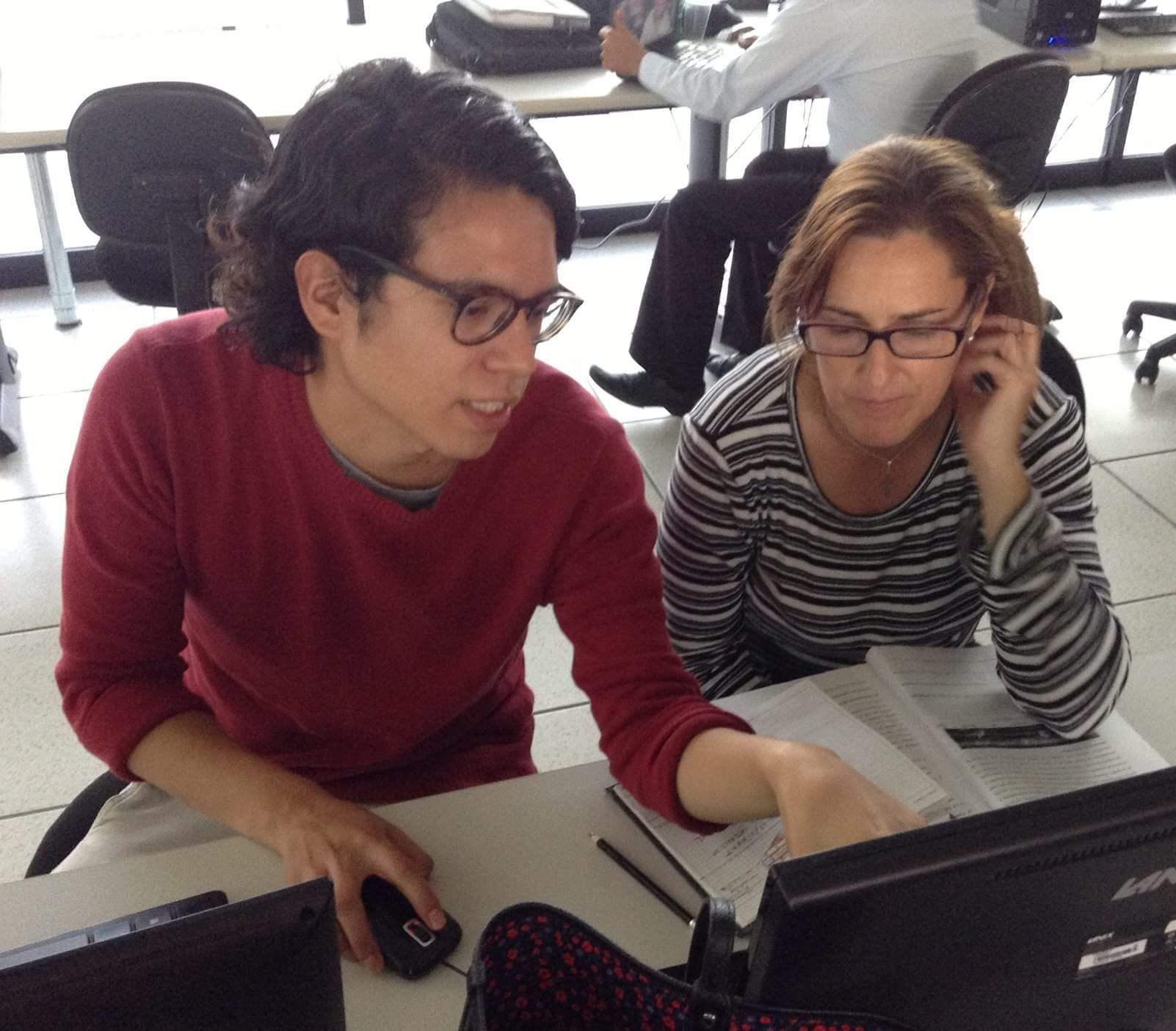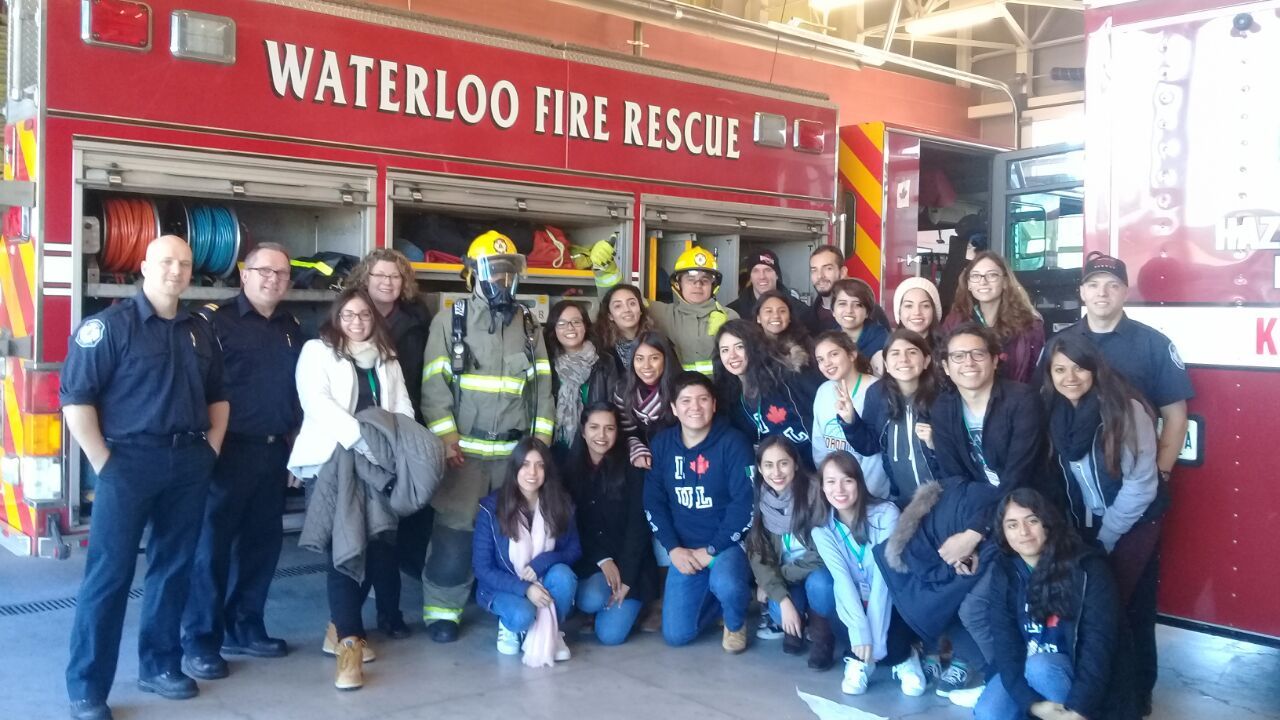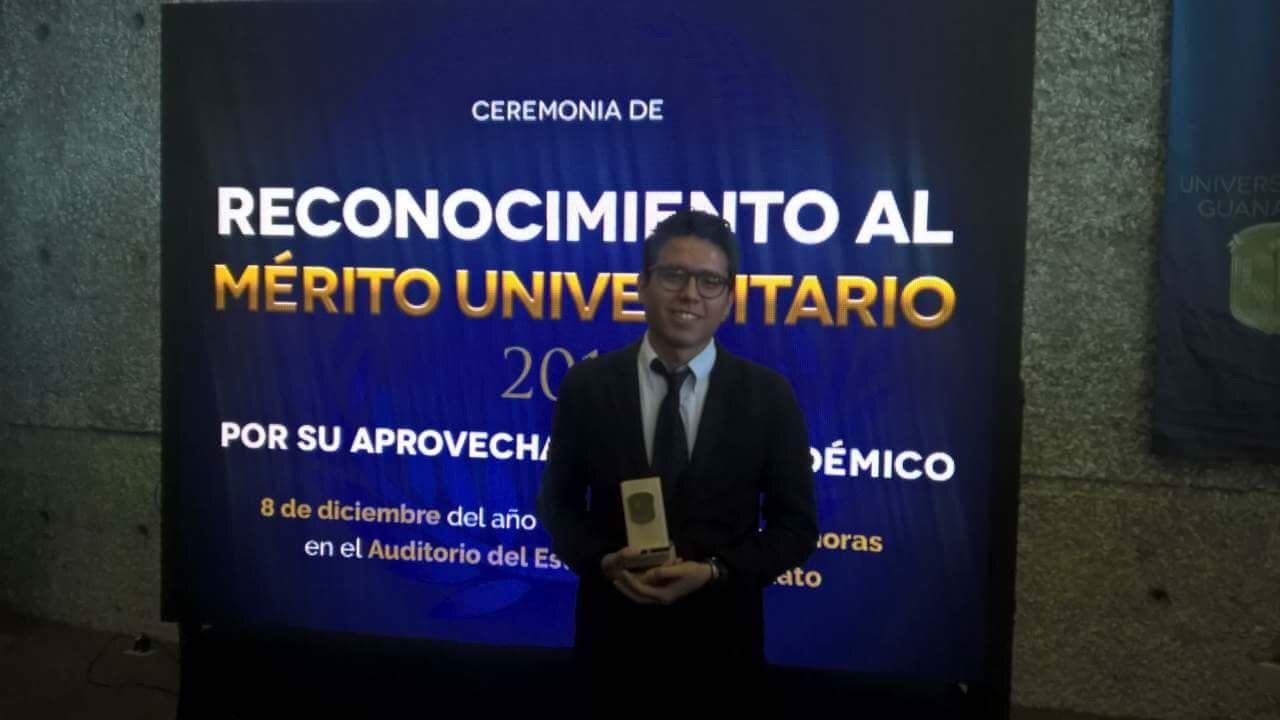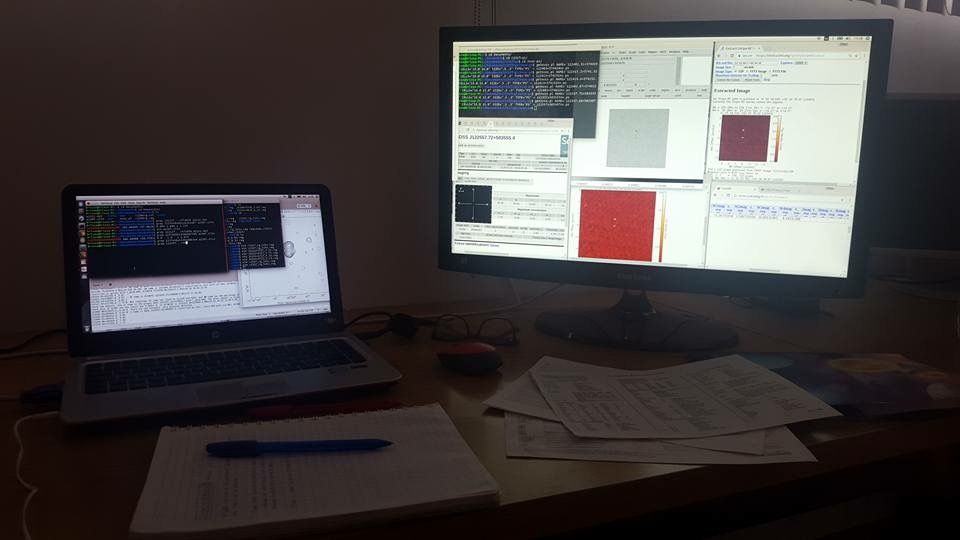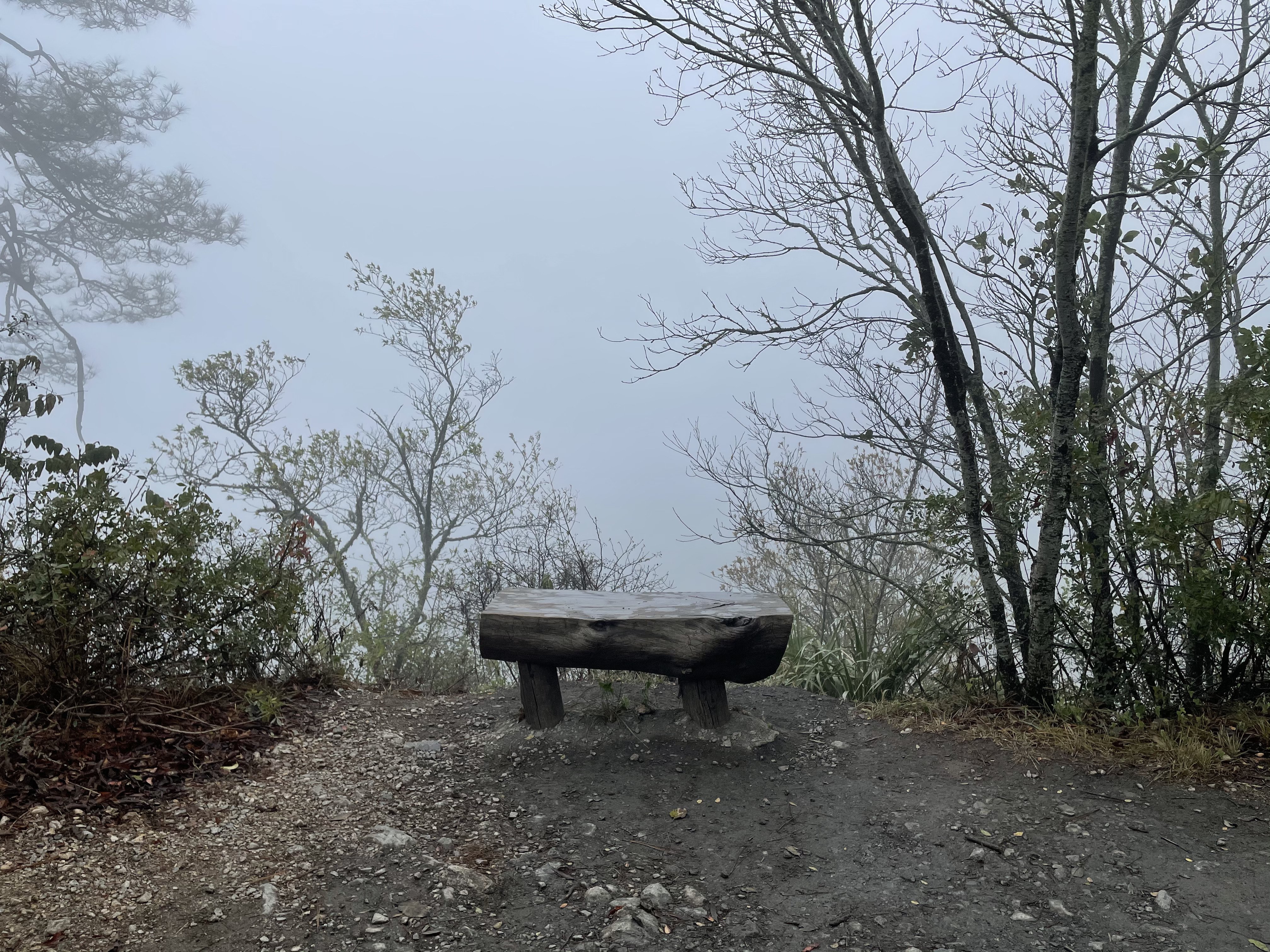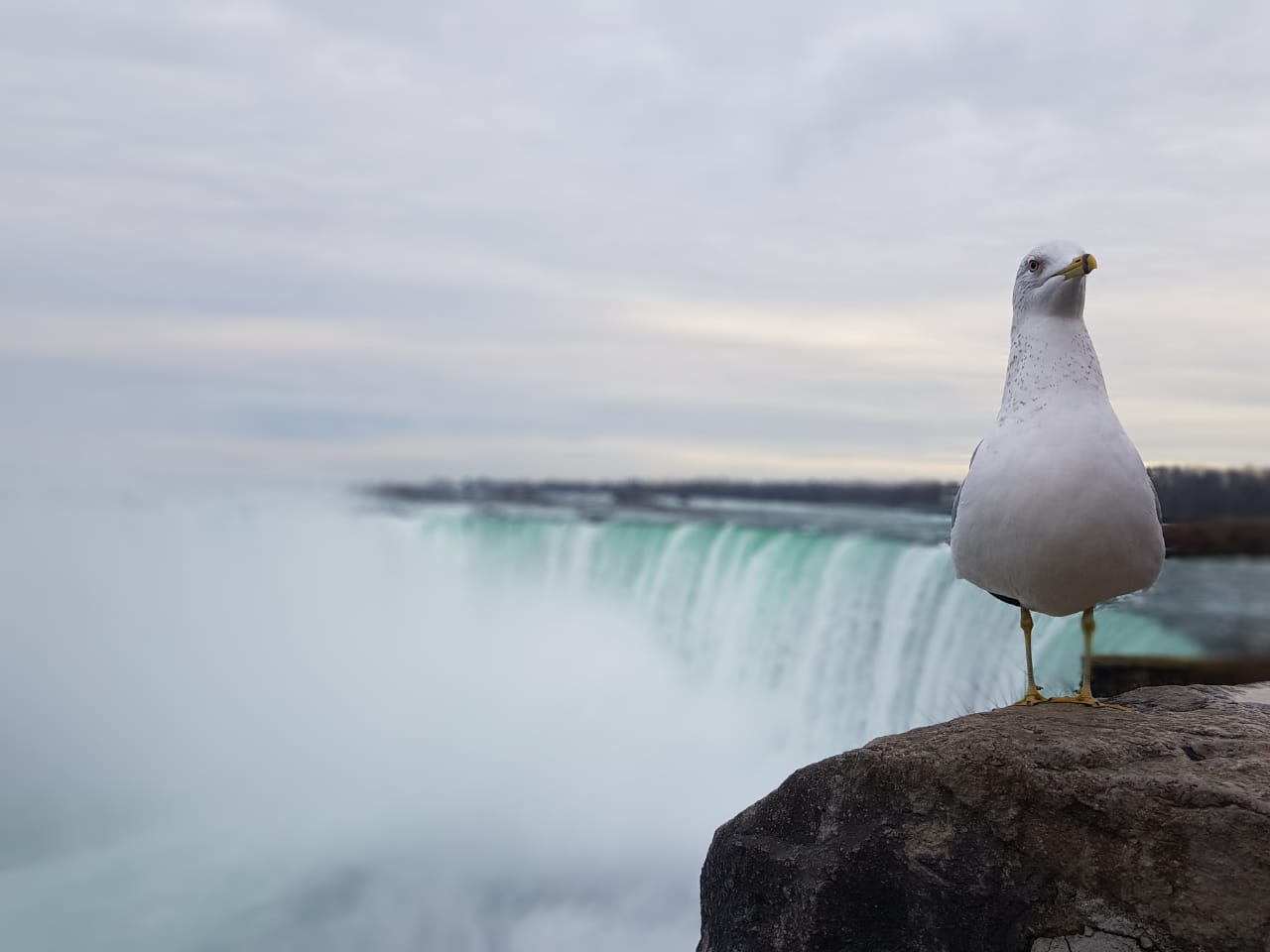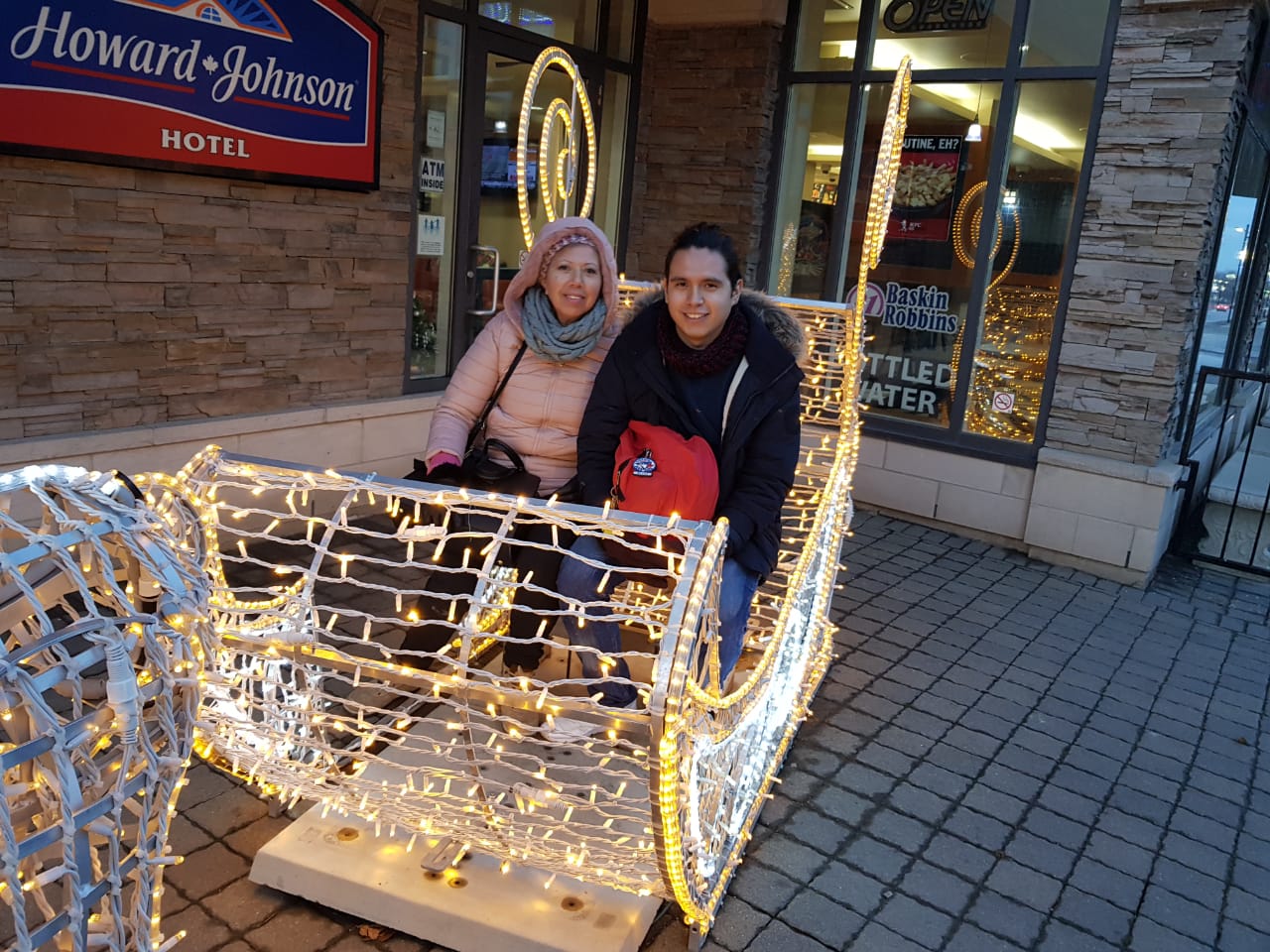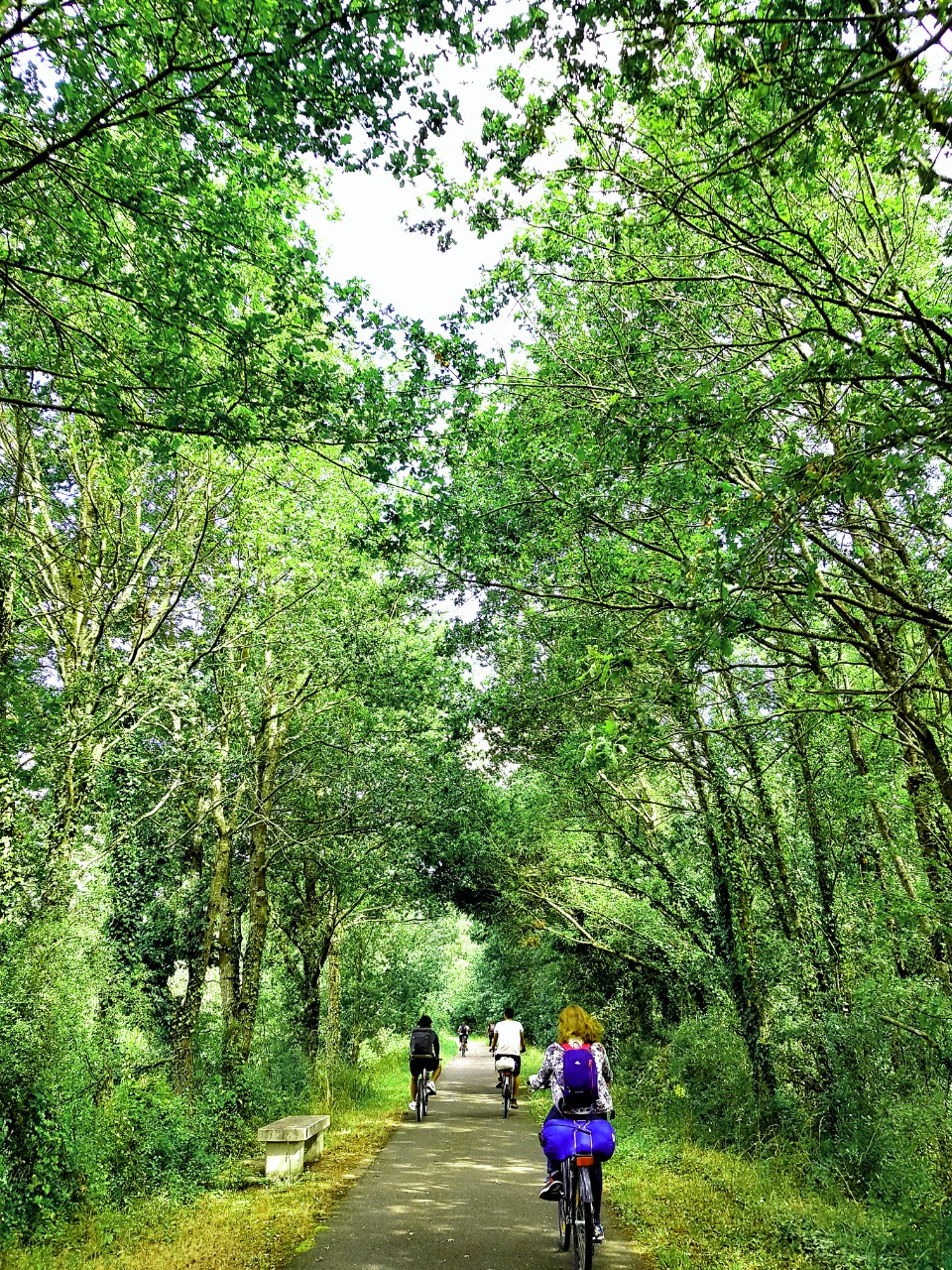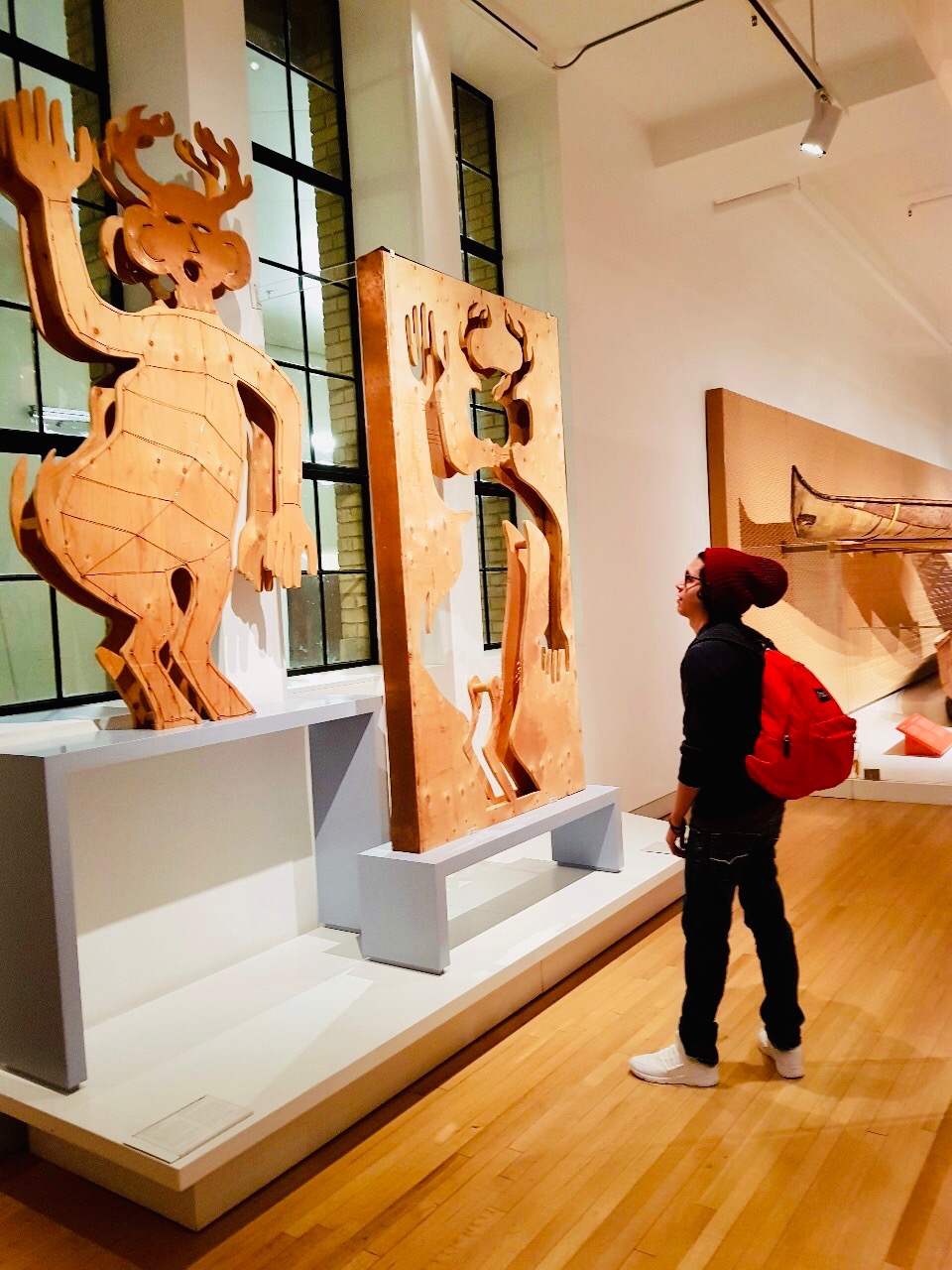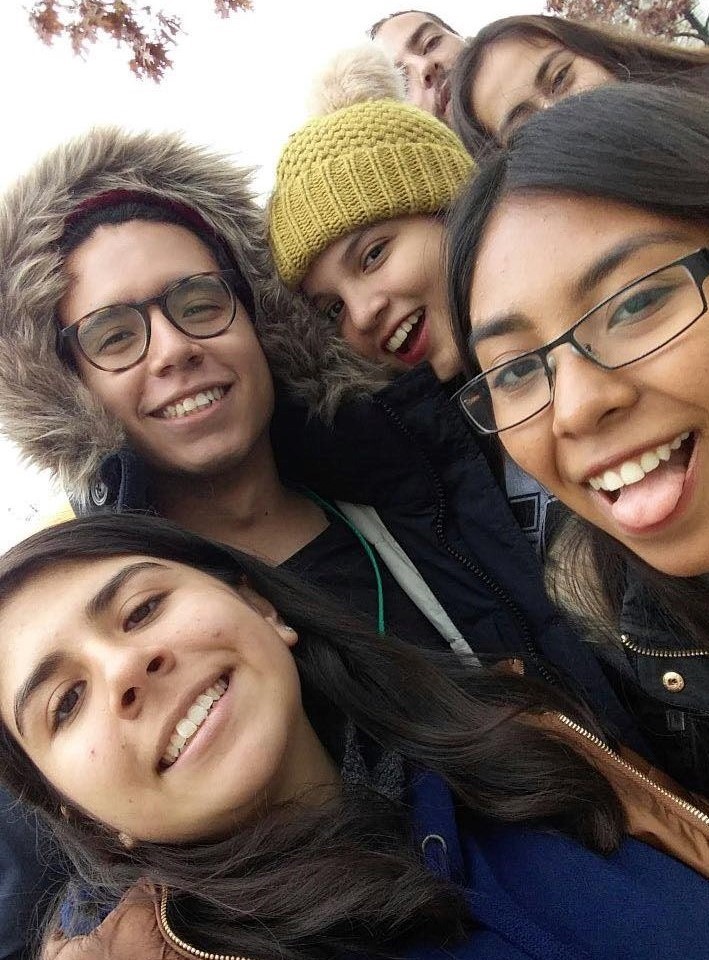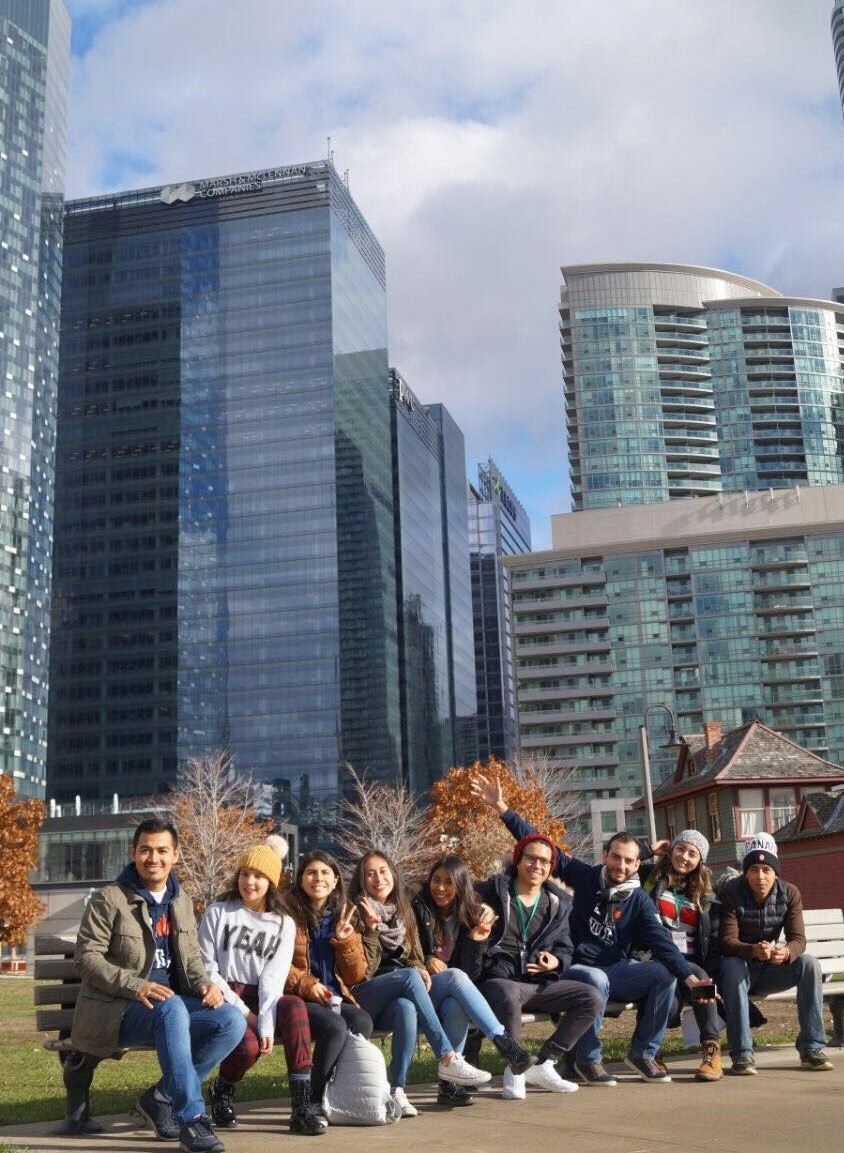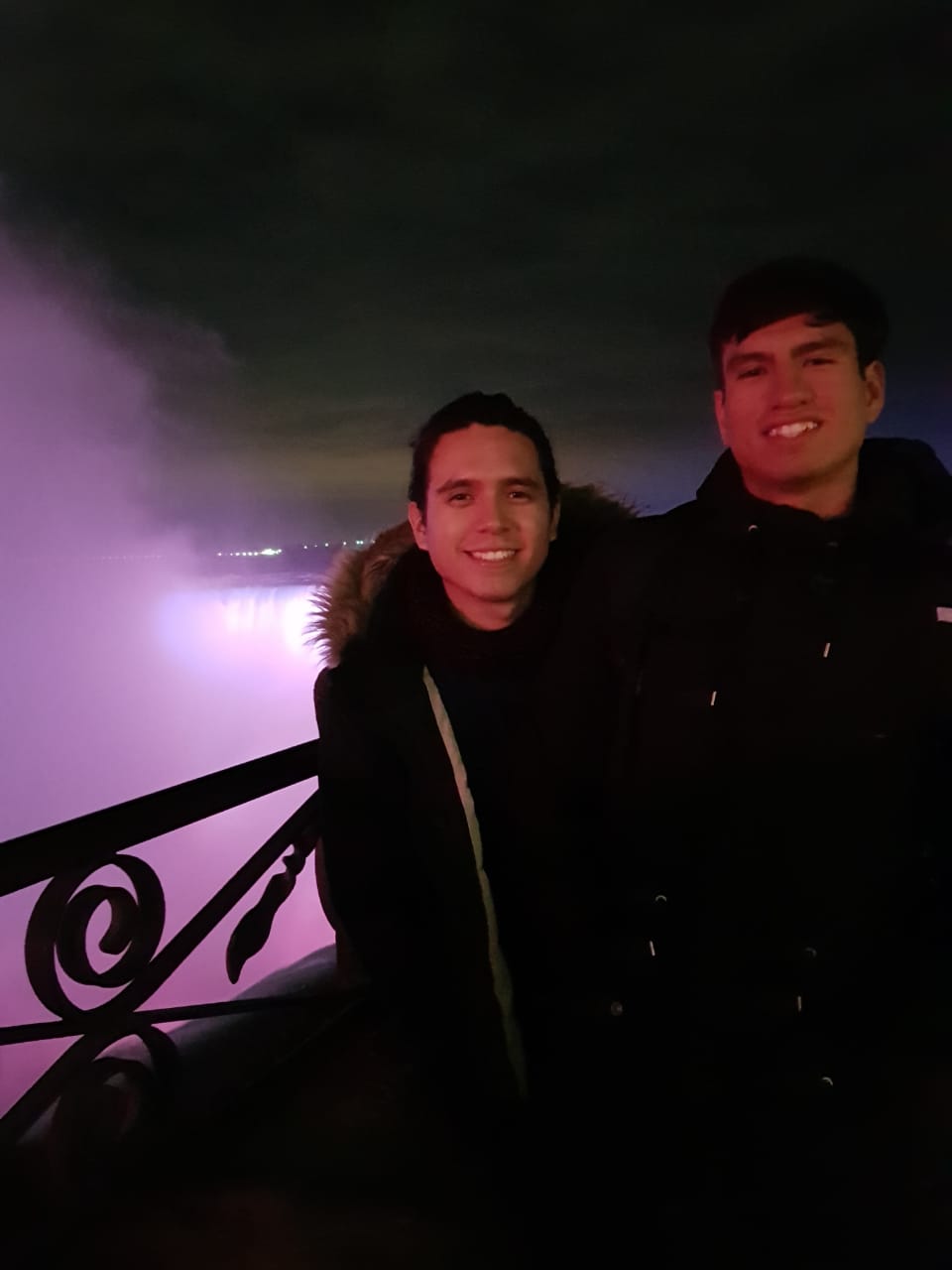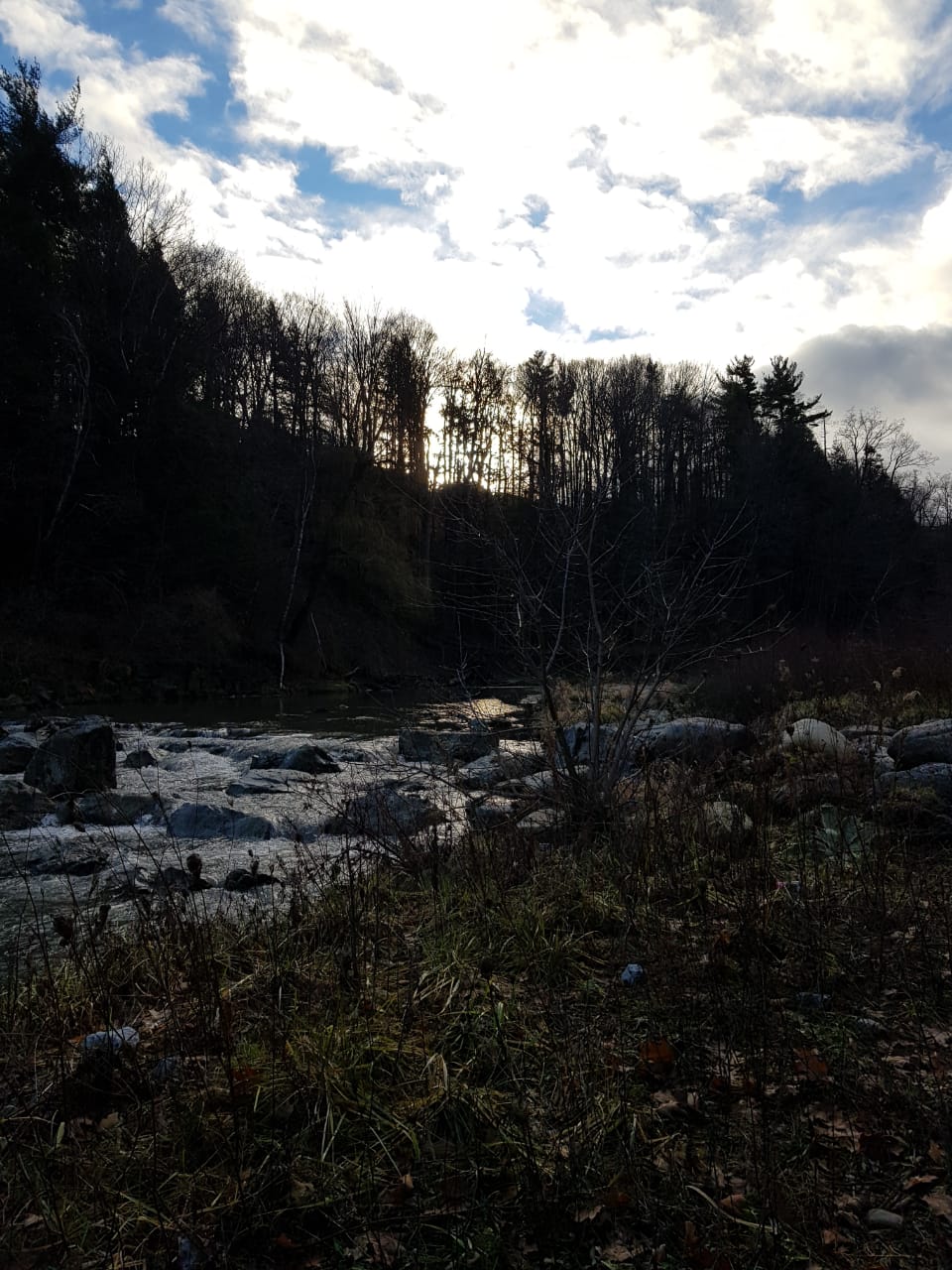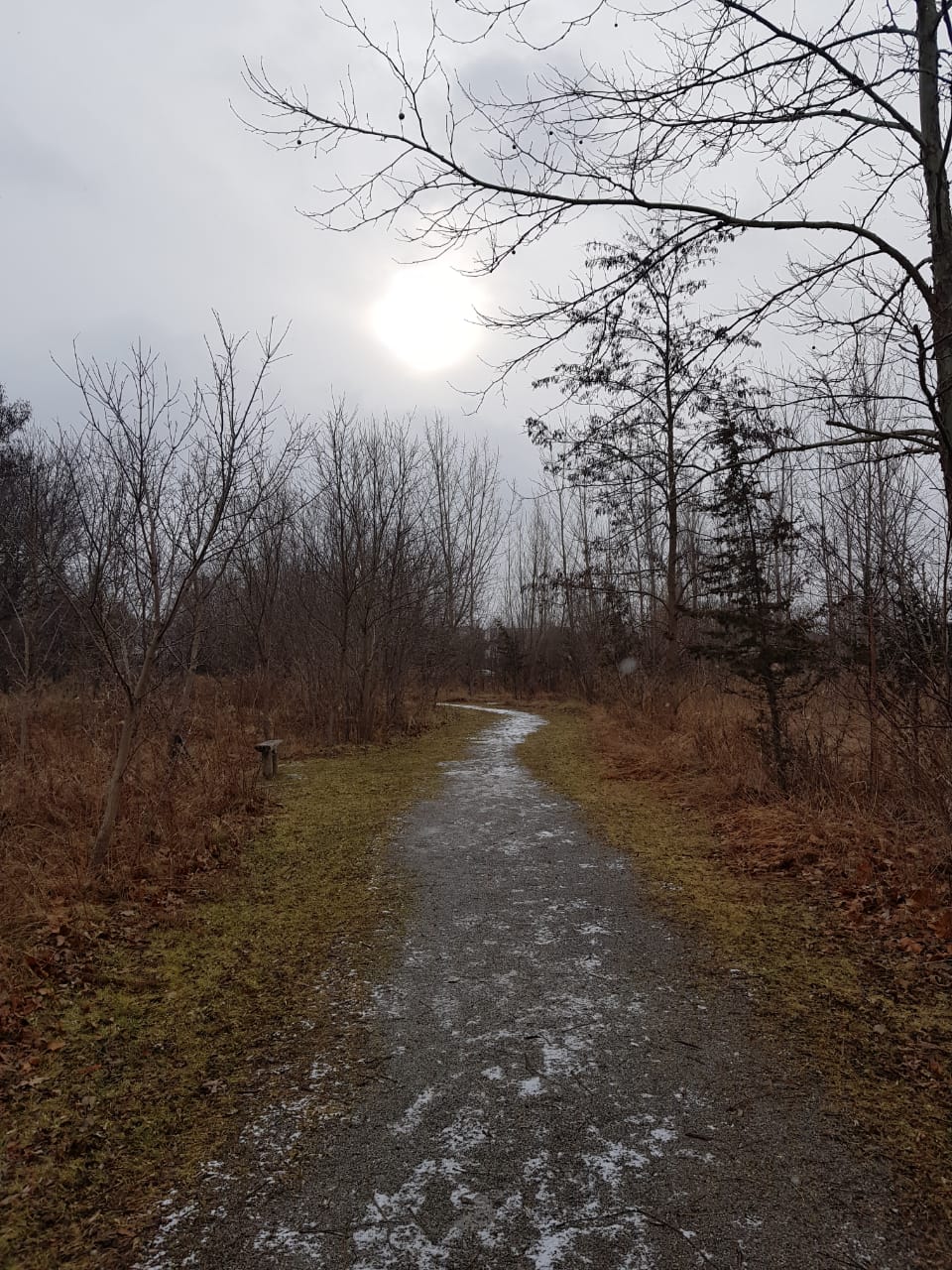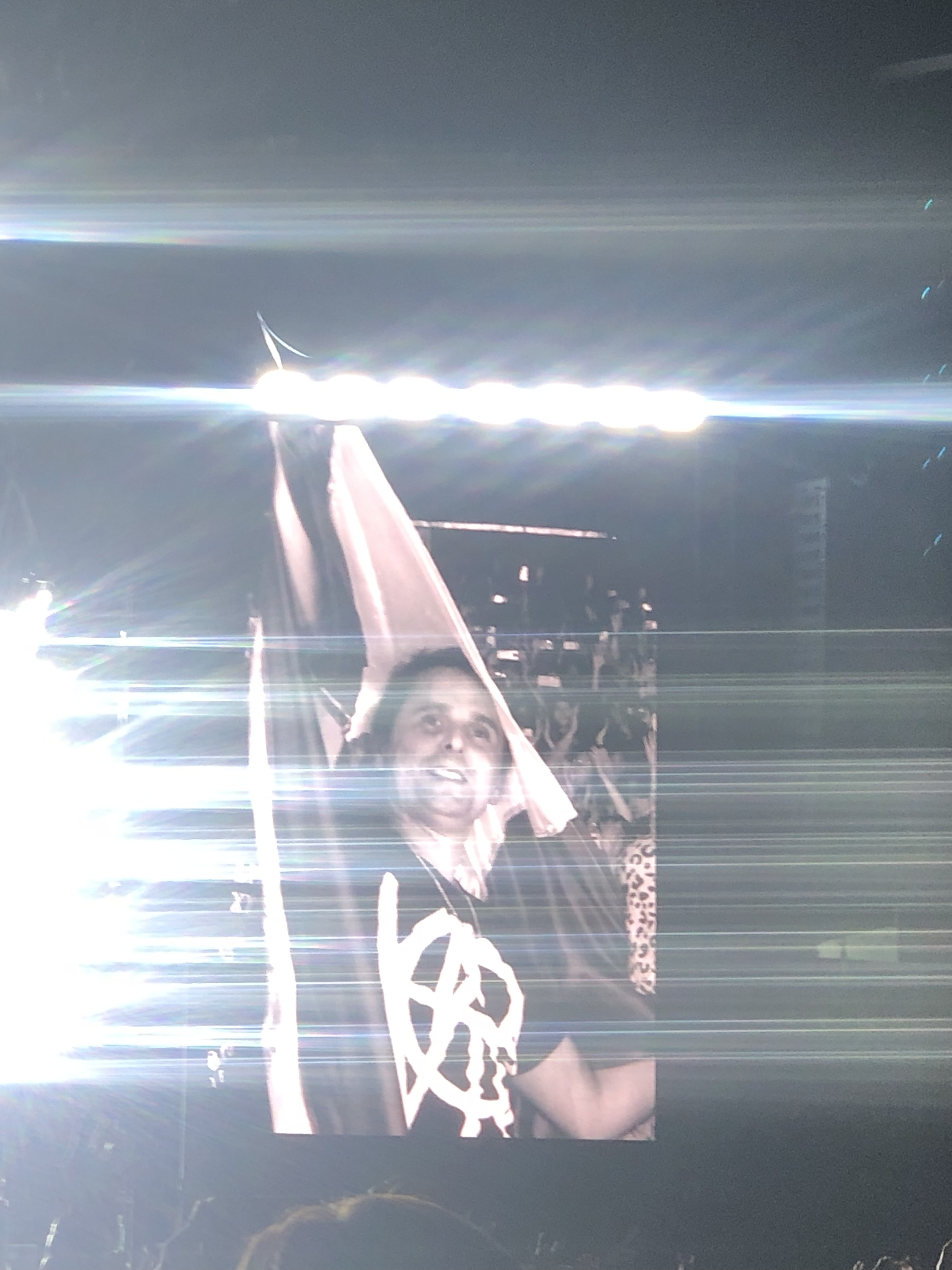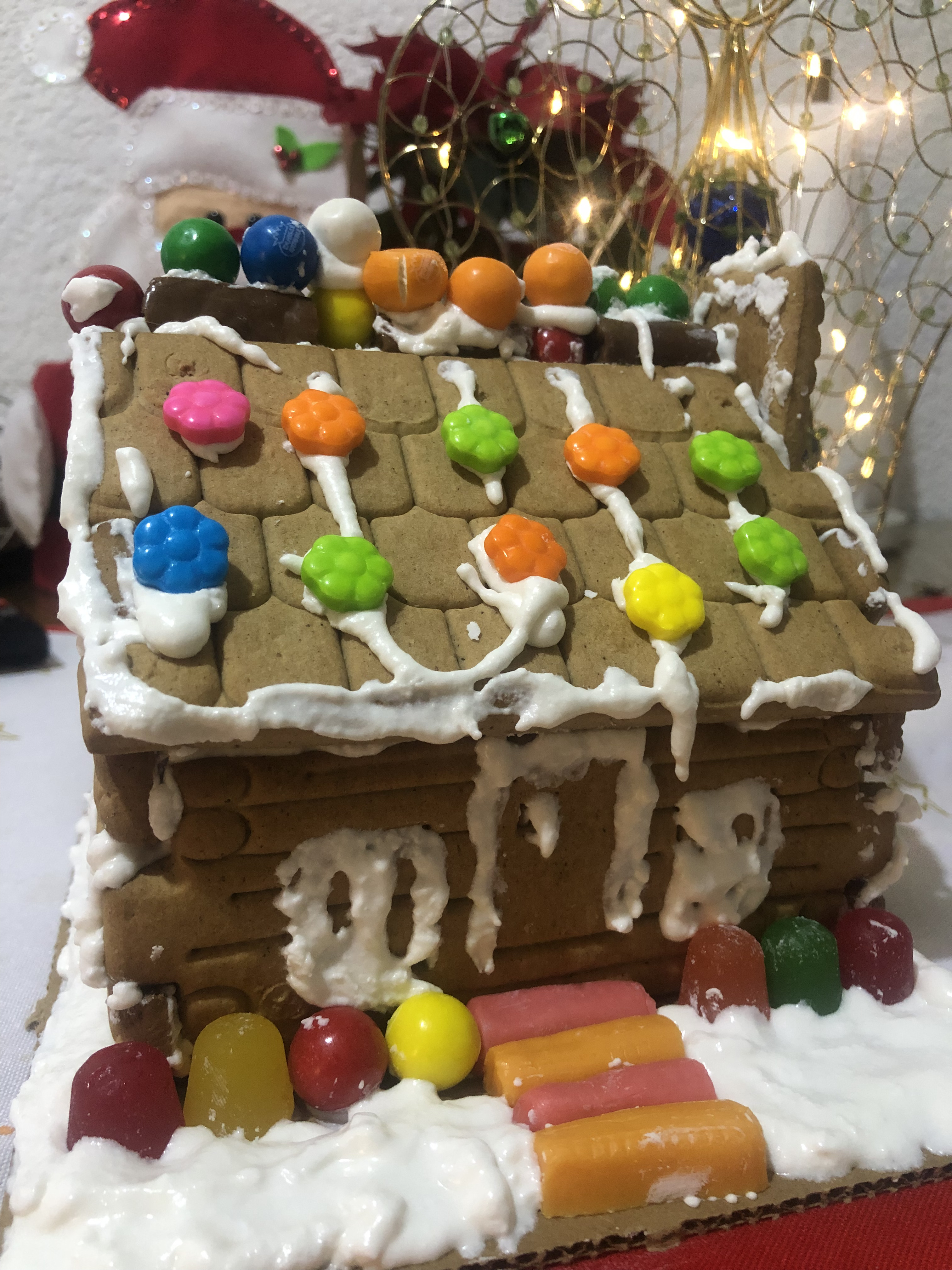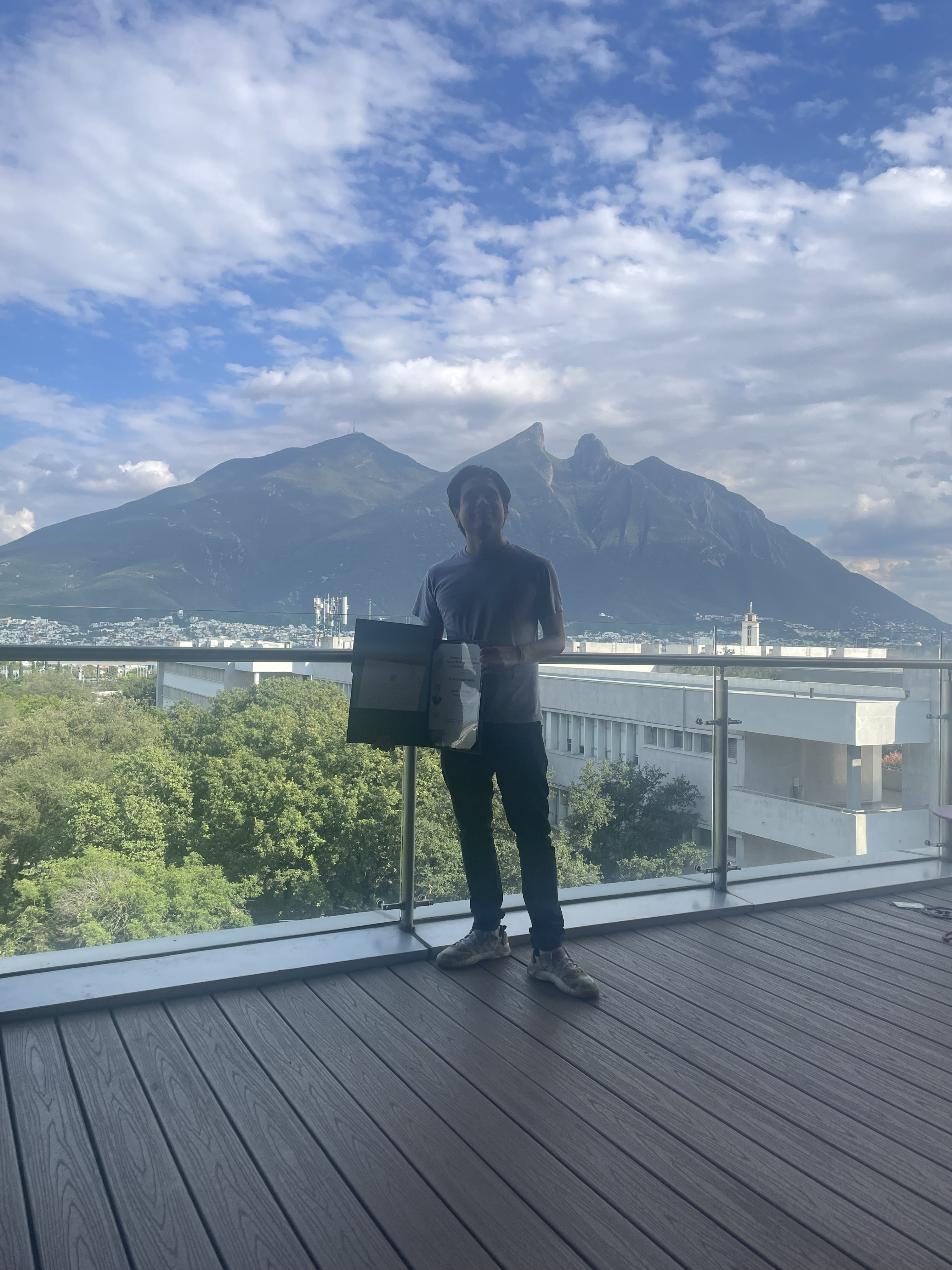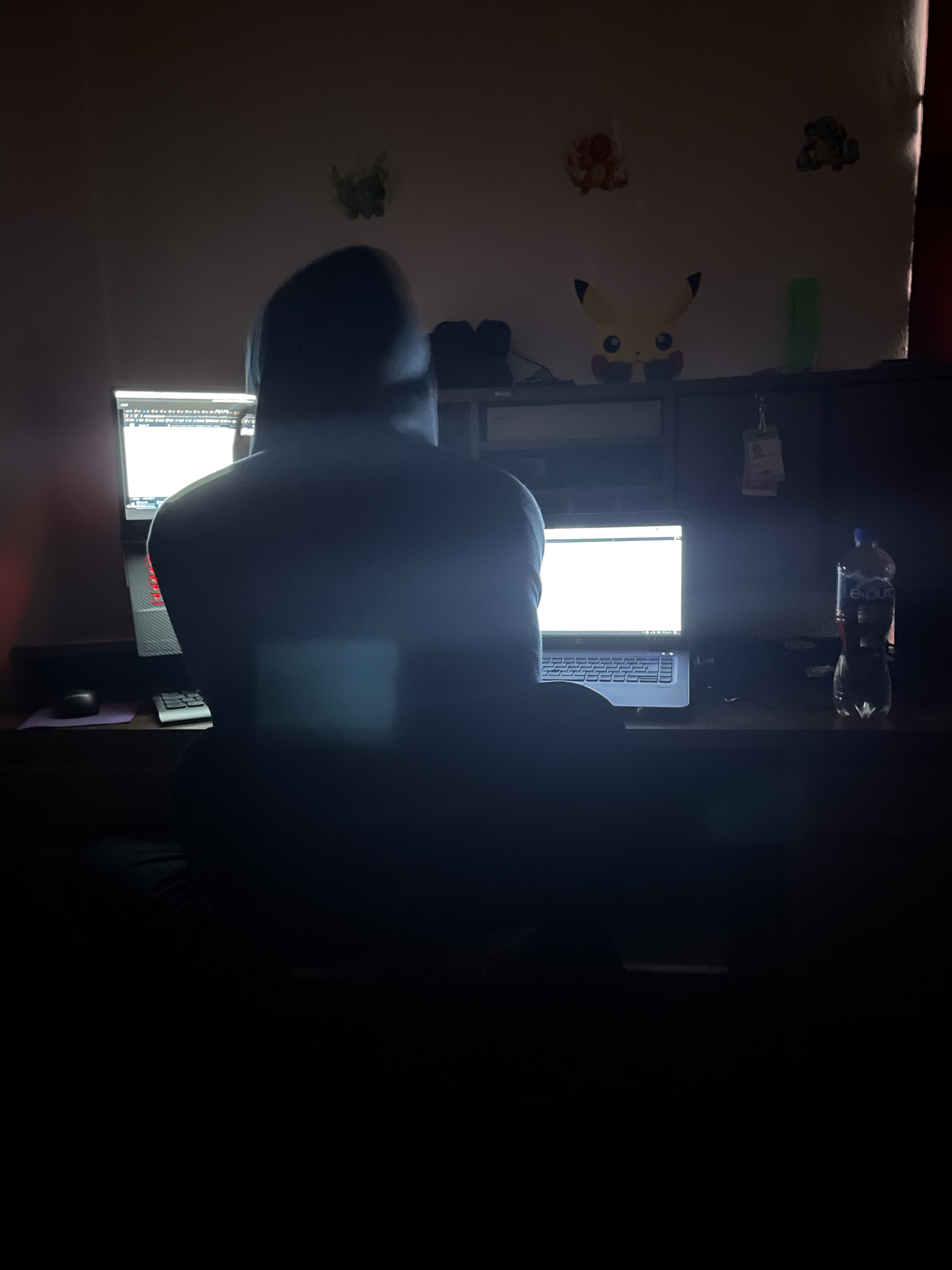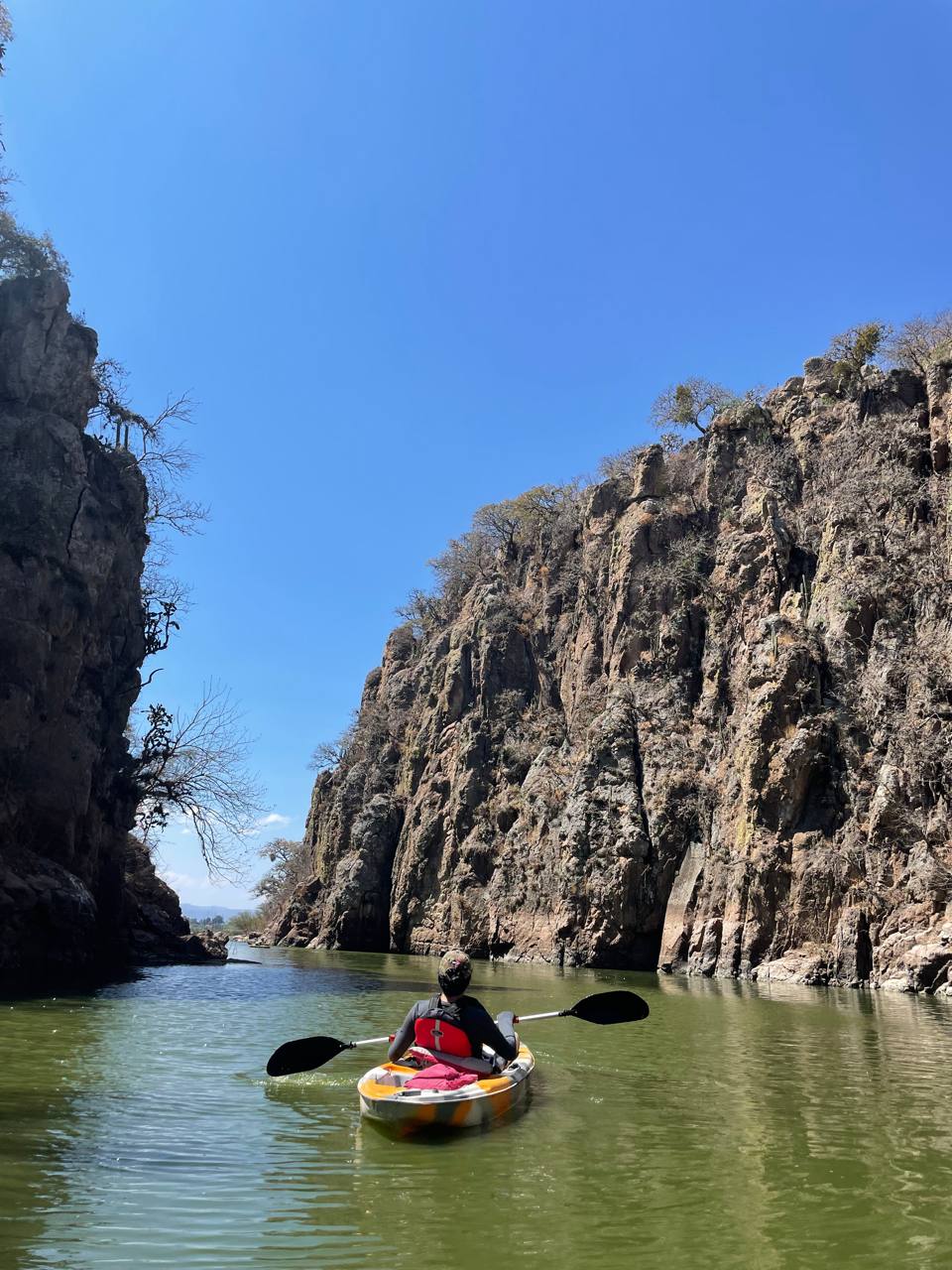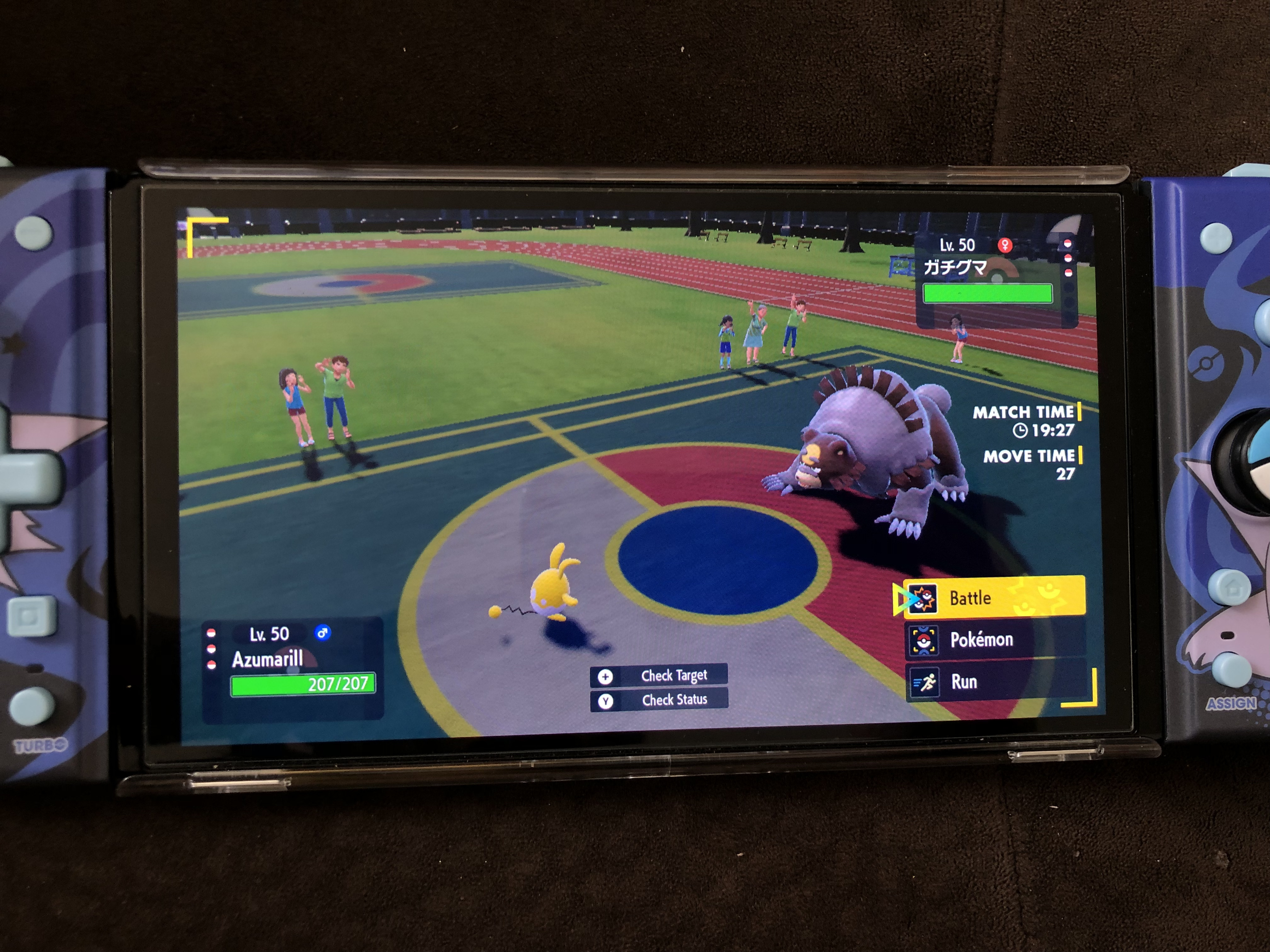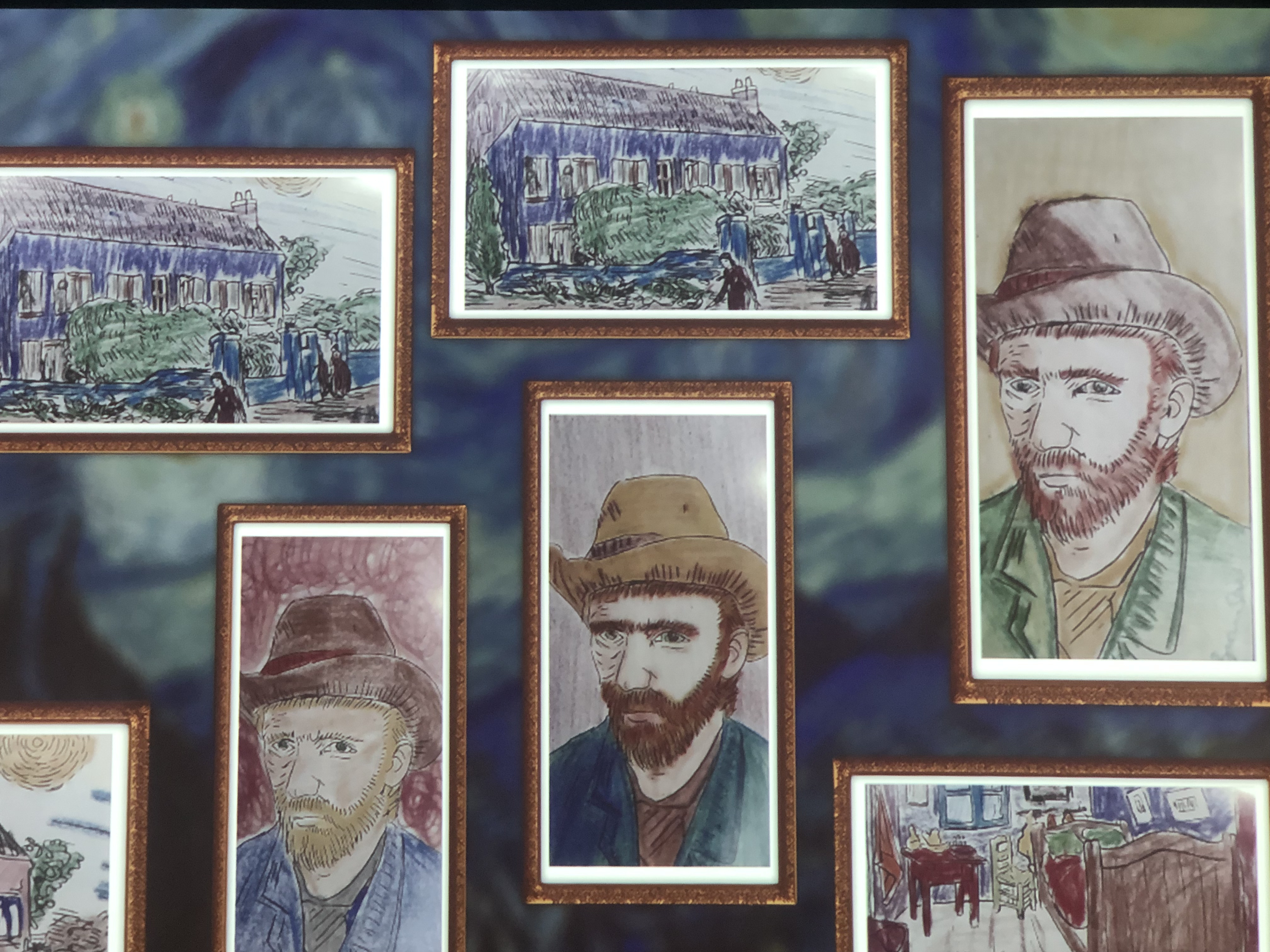Hi there! 👋🏼
I am passionate about technology and science; always looking for new challenges.
I'm a certified Cloud Engineer with 6+ years of experience in AWS, CI/CD, IaC and Microservices. Highly skilled software developer in Python, Deep Learning, Machine Learning and Data Science.
Currently orchestrating and automating cloud solutions for digital automation and energy management.
Skills
AWS CI/CD Python Docker Kubernetes Computer Vision Deep Learning Team Work Problem Resolution Self LearningWork Experience
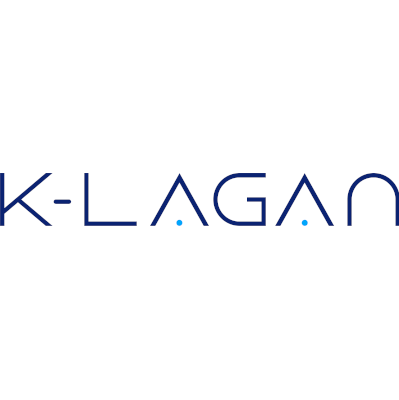
Lead Cloud Operations Engineer
K-LAGAN
• More than $10k USD saved per month by optimizing production and lower environment snapshot policies.
• More than 100 cloud based servers migrated for major Linux updates.
• Technical Level 2 and Level 3 help desk support for more than 50 development and service teams around the world.
• Resource administration for more than 500 accounts spread around the world including EC2, EKS, S3, ELB, CloudFront, IAM and many others.
• Resource deployment for development solutions trough automation tools like Ansible, GitHub actions and Terraform.
• Monitoring and maintenance activities to guarantee high reliability and availability monitoring for thousands of critical servers, applications and services placed on cloud.
AWS Python Linux Kubernetes CI/CD Github Ansible LogicMonitor Veeam IaC Dynatrace
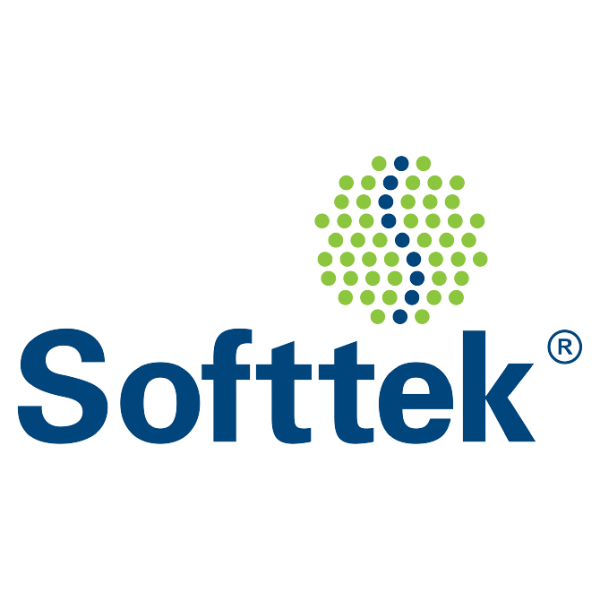
Cloud Operations Engineer
Sofftek @ Southwest Airlines
• Selenium automated smoke test for 36 End User Authentication endpoints.
• AWS AHA module for events delivery on ServiceNow dashboard.
• Grafana monitoring dashboards for AWS TGW and AWS DX traffic.
• Python onboarding library for Nexus and artifact pre-validation job for Gitlab CI/CD
• 50 hours saved annually by building Gitlab CI/CD pipelines to query and delivery 20 AWS and cloudability resource mapping reports.
• 20 hours saved annually by building an AWS Application for intelligent Jenkins volumes management and deletion.
• 20 hours saved annually by building a Gitlab CI/CD pipeline to query, delete and reuse Atlassian App's user licenses using AWS SSM documents and SQL.
• Gitlab CI/CD integration test pipeline used by a TLG with more than 100 Distributed Deployment Engine Projects.
AWS Python Docker Kubernetes CI/CD Gitlab Grafana Jenkins Gitlab IaC
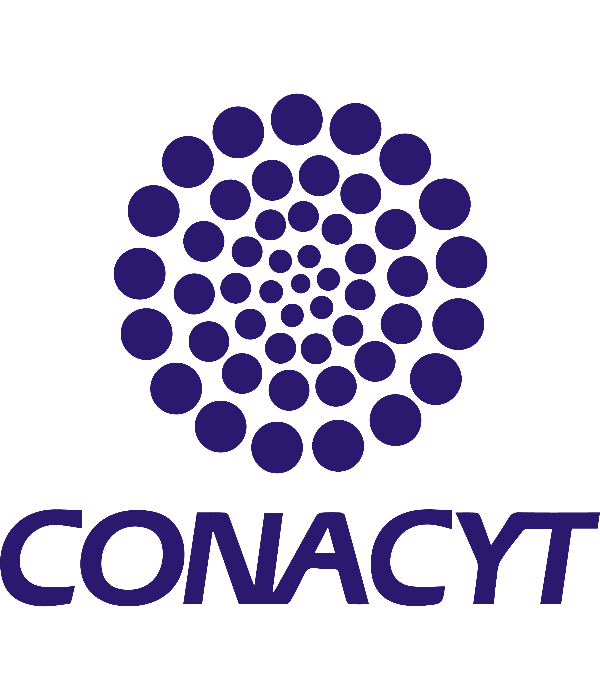
Jr. Research Fellow
CONACyT
• More than 95% of accuracy for histopathological tissue images using Keras CNN.
• More than 90% of accuracy for histopathological tissue images using 5 computer vision techniques and 10 ML techniques.
• 10 Google Cloud automated playbooks and jobs for image cropping and classification.
Python Keras Google Cloud AWS Deep Learning Machine Learning Computer Vision CNN

Informatics Auditor
Construcciones Región Bajío
Education
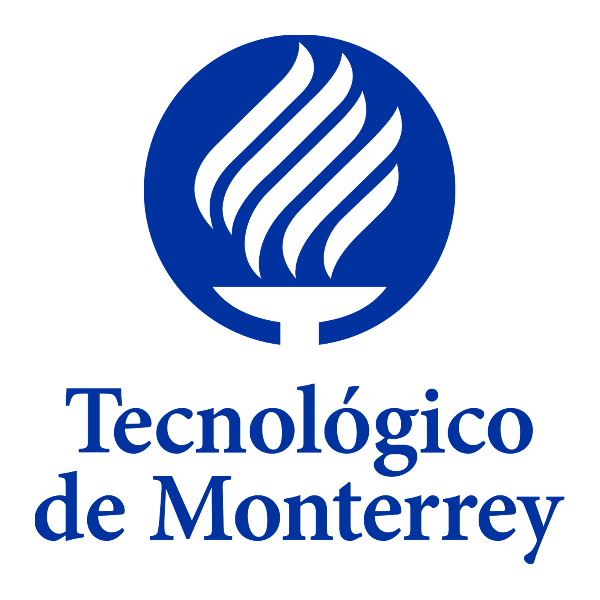
Tecnológico de Monterrey
Master of Science, Computer Science
Member of the Bioinformatics Research Group.
The main objective of the group is to improve the quality of life of the Mexican population through the exploration and design of computational tools that use large sources of clinical, radiological, epidemiological, genomic and molecular information to discover and / or identify experimentally valid biomarkers that allow make sound decisions in clinical practice and public health.
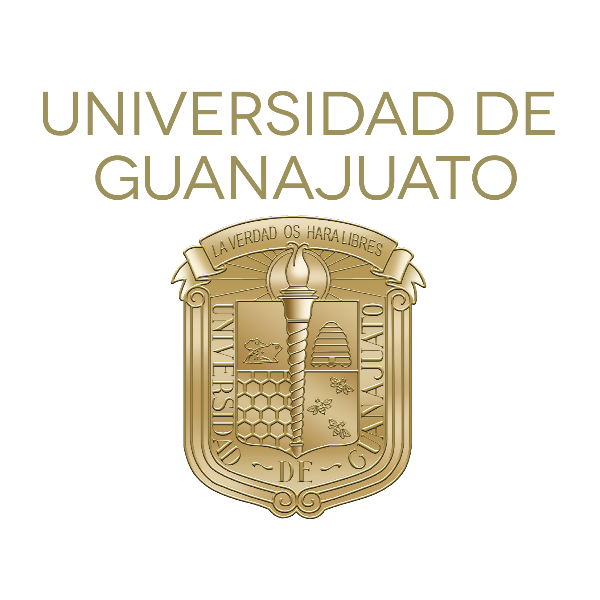
Universidad de Guanajuato
Bachelor's degree, Information Technology
• Summer of Science Central Region - 2017 - Jr. Research Fellow
• Concordia International Summer Camp - 2018 - Volunteer
Licenses & Certifications
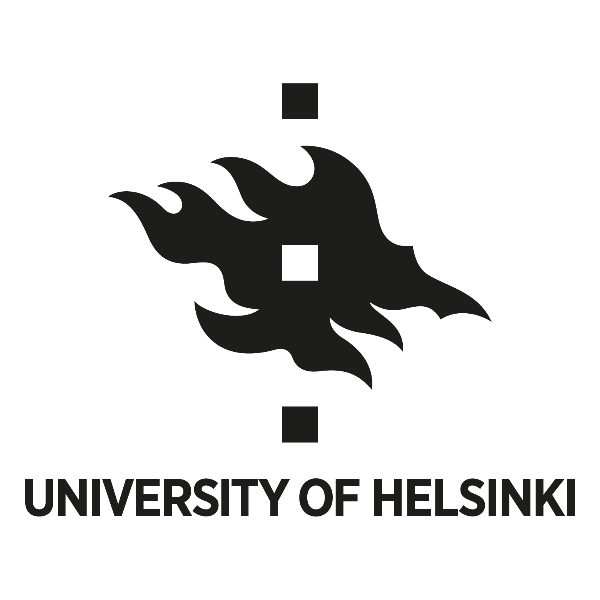
DevOps with Docker
University of Helsinki
Certificate ID: 56c728eb326ae

Containers, K8s and Istio on IBM Cloud
IBM
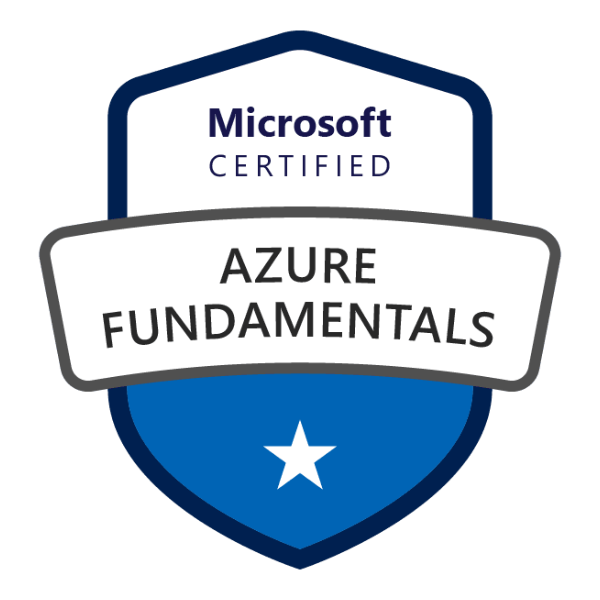
AZ-900: Microsoft Azure Fundamentals
Microsoft
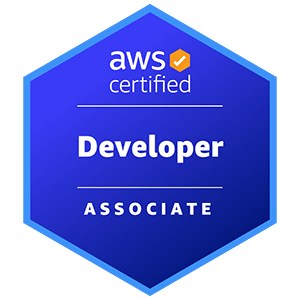
AWS Certified Developer Associate
Amazon Web Services
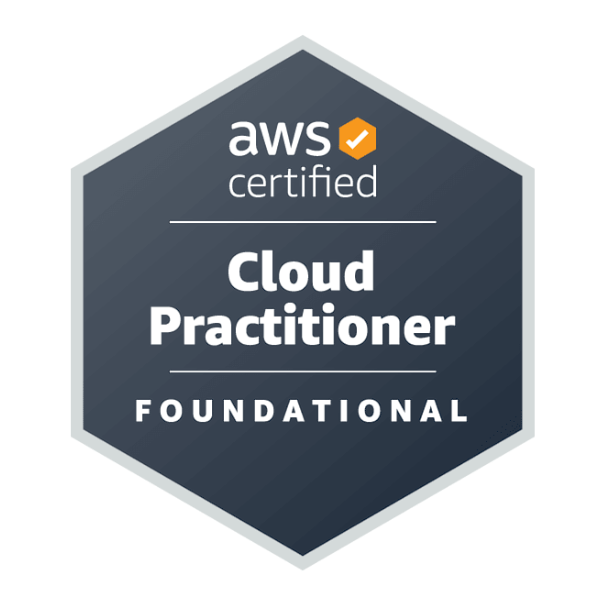
AWS Certified Cloud Practitioner
Amazon Web Services
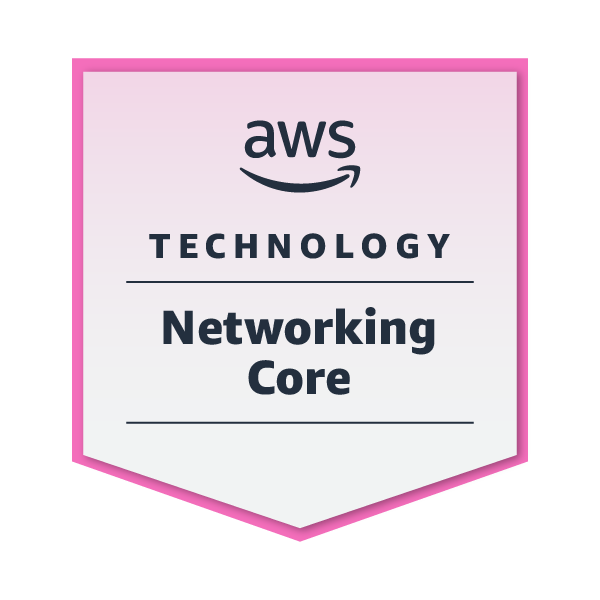
AWS Knowledge: Networking Core
Amazon Web Services

Google Grow: Cloud Computing
Google

NDG Linux Essentials v2
Network Development Group

Data Scientist with Python
DataCamp
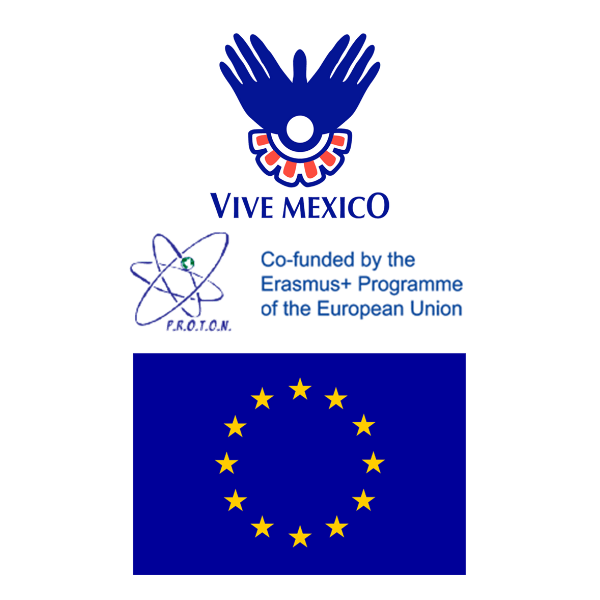
P.R.O.T.O.N. GCSA International Certification
Organización Internacional Vive México
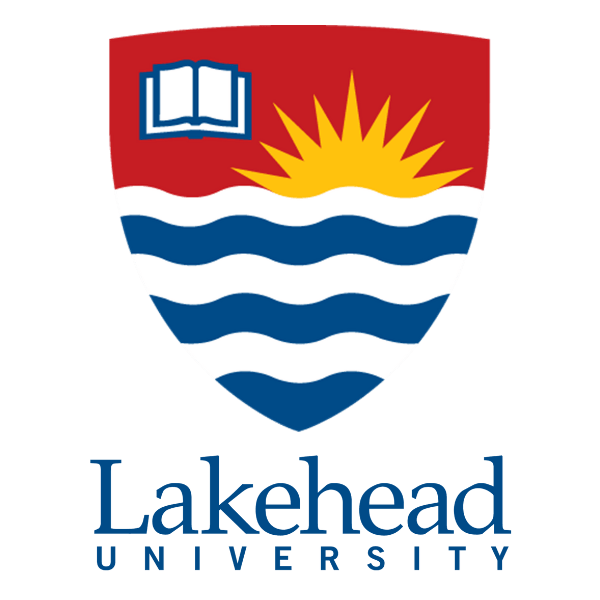
Workshop on Leadership, Entrepreneurship & Design Thinking
Lakehead University
Publications
Histopathological Image Classification using Deep Learning
Cancer is one of the most common causes of death around the world. One of the main complications of the disease is the prediction in the final stage. Nowadays there are many different studies to obtain a correct diagnosis on time. Some of these studies are tissue biopsies. These samples are analyzed by a pathologist, which must observe pixel by pixel a whole image of high dimensions to give a diagnostic of the disease, including stage and class. This activity takes weeks, even for experts, because usually several samples are extracted from a single patient. To speed up and facilitate this process, several models have been developed for digital pathology classification. With these models, it is easier to discard many patient slides than the traditional method, then, the main activity for a pathologist is to confirm a diagnosis with the most relevant or complicated sample. The downside of these models is that most of them are based on deep learning, a technique that is well known for its great performance, but also for its high requirements like graphic processors and memory resources. Consequently, we performed a complete analysis of several convolutional neural networks used in different ways to compare outcomes and efficiency. In addition, we include techniques such as recurrent neural networks and machine learning. Several models of deep learning and machine learning are presented as alternatives to convolutional neural networks, including 5 computer vision techniques. The main objective of our project is to perform a real alternative capable to achieve similar outcomes to deep learning with limited resources. The experiments were successful, including a real alternative for deep learning for the classification of 3 different types of cancer with an area under the curve higher than 90%.
Publication: repositorio.tec.mx
A Further Search for Galactic Stars with Double Radio Lobes
Over a thousand stars in our Galaxy have been detected as radio emitters, but no normal stars are known to possess radio-emitting lobes similar to radio galaxies. Several recent attempts by us and other authors to find such objects remained inconclusive. Here we present a further search for double-lobed radio stars in two large samples of spectroscopic stars: over 20,000 white dwarves from the Sloan Digital Sky Survey (SDSS) DR12, and 2.5 million stars from the Large Sky Area Multi-Object Fiber Spectroscopic Telescope (LAMOST). These were cross-matched with sources from the Faint Images of the Radio Sky at Twenty Centimeters (FIRST) survey at 1.4 GHz to look for source pairs straddling the stars with moderate symmetry about the stars. We found only four promising candidates for double-lobed radio stars, confirming they must be extremely rare. By comparison with SDSS, we inferred that about 16 per cent of LAMOST spectra may have erroneous classifications. We also rediscovered the giant radio galaxy J0927+3510 and propose a different, more distant host, suggesting a much larger radio size of 2.7 Mpc.
Publication: arxiv.org
Resume
About me

I am a person of simple hobbies. I enjoy a good talk and a long walk too much 🚶. Always looking up at the sky 🌌. I like to dance, go to the movies and play video games in my spare time 🍿. I really love horror movies 👻. Can we do all of this together? Of course! 🤟🏼
I have been a big fan of Nintendo since my childhood. My favorite video game? Pokémon 👾. My favorite Pokémon? Vaporeon 💧.
We can be friends and play together if you enjoy any of these hobbies. You can add me to any of my favorite games 🎮. It could be great playing Mario Kart, Super Smash Bros and Pokemon with friends 💥🌐. Here are some of my interests and profiles.
Nintendo
- Nickname
- Braulio
- Friend Code
- SW-7478-9758-6861

Pokémon Go
- Nickname
- Braulyo
- Trainer Code
- 1682 2425 2325

For me, the best thing in life has been traveling and meeting people in all corners of the world 🛫🌎. Travelling, working or studying, there is always an opportunity to meet interesting people. Here's a glimpse of my days ✨.
